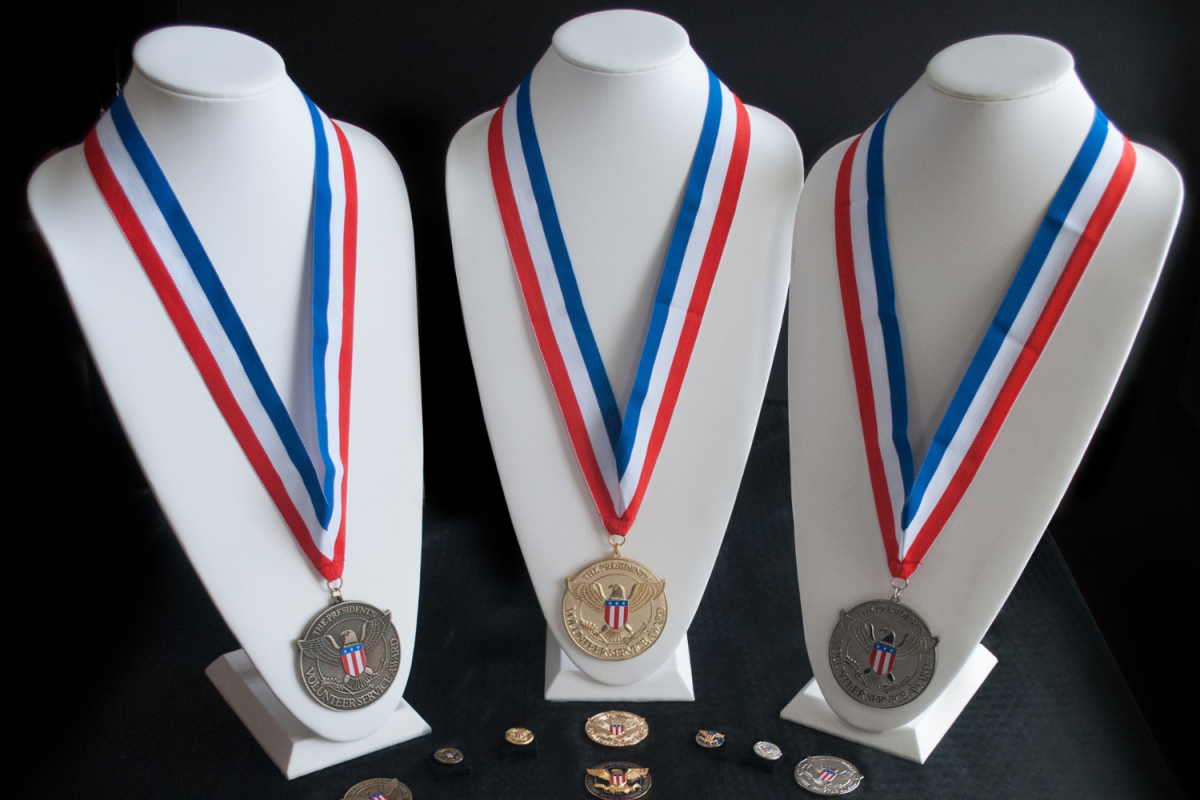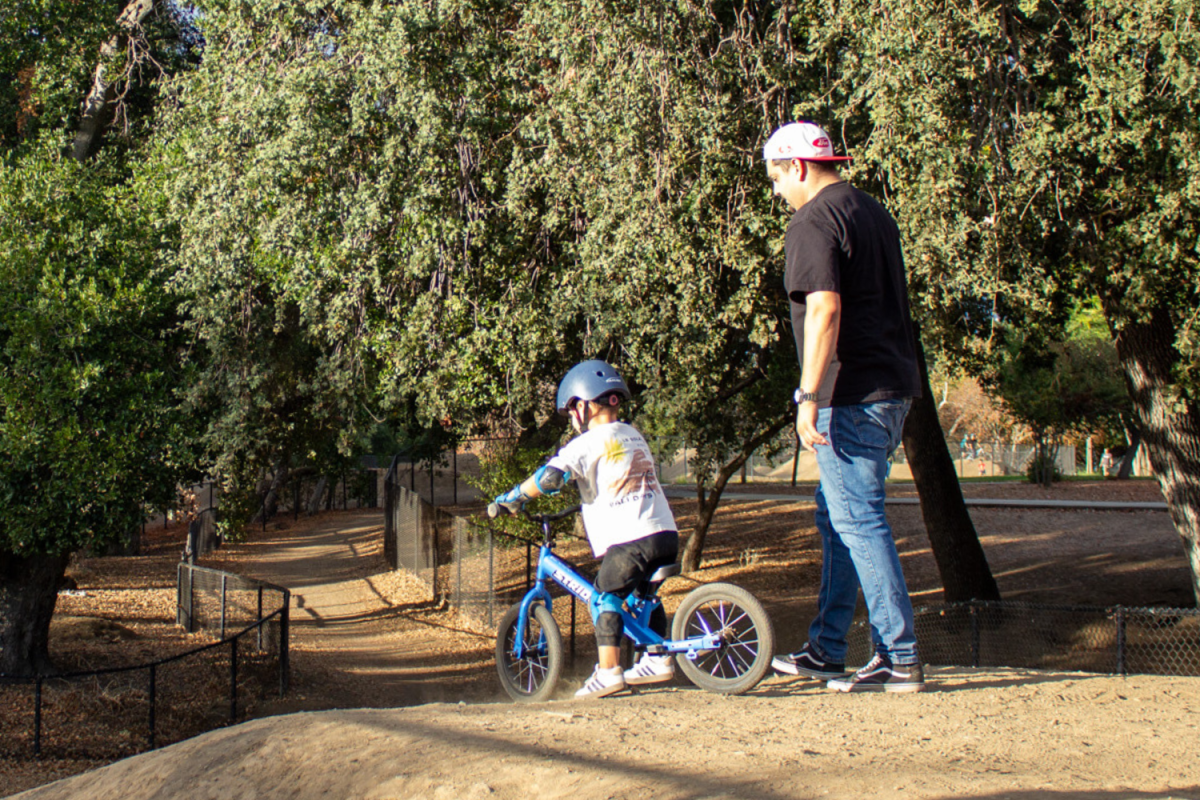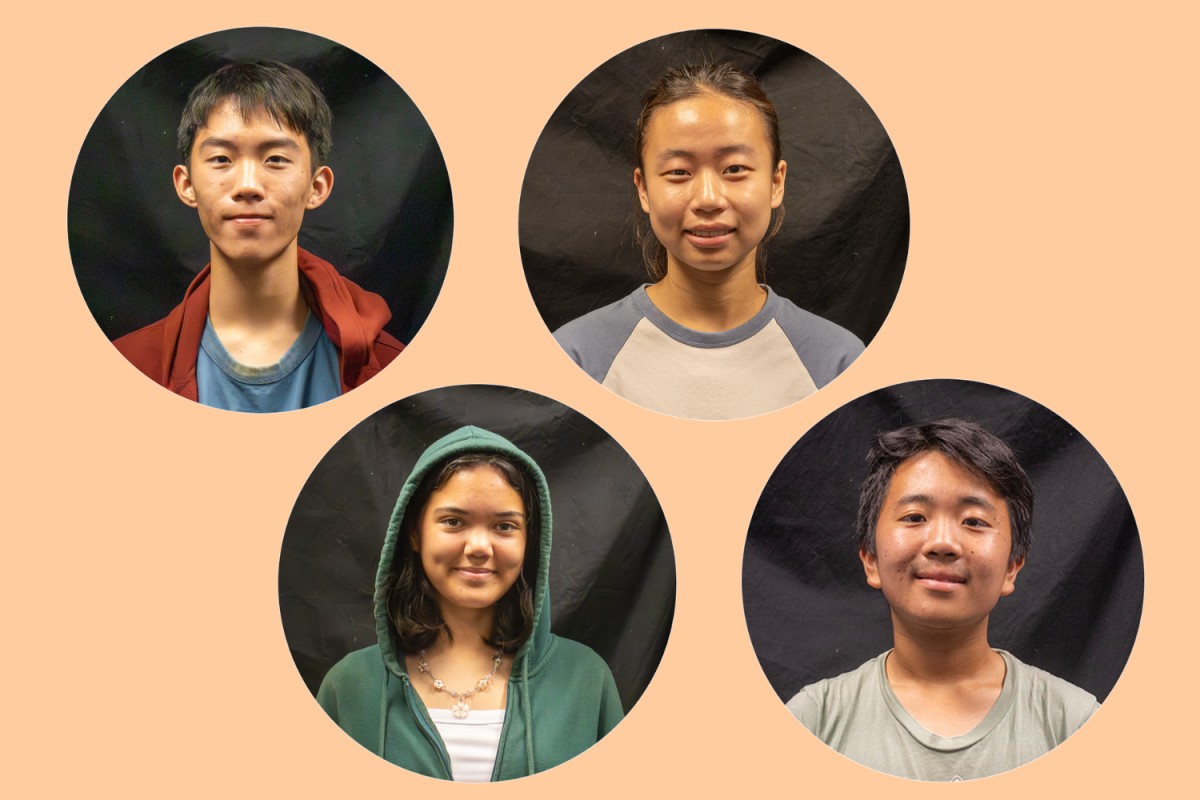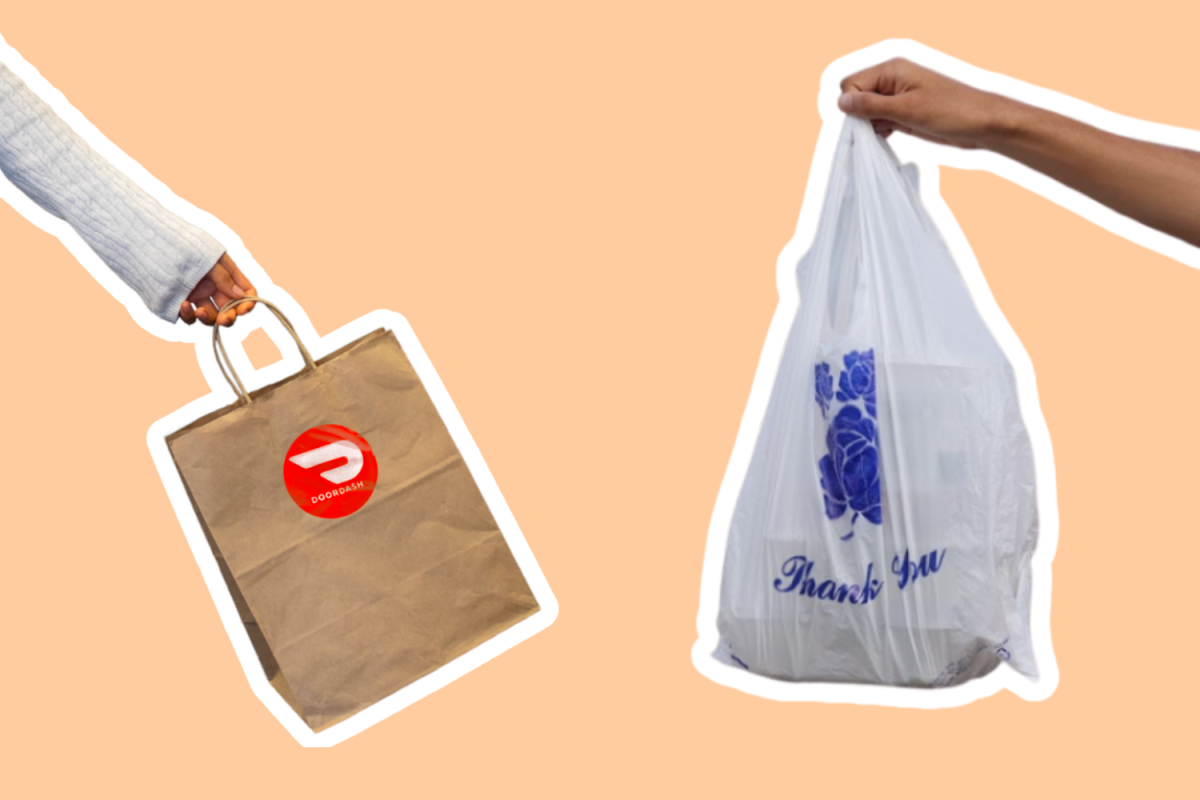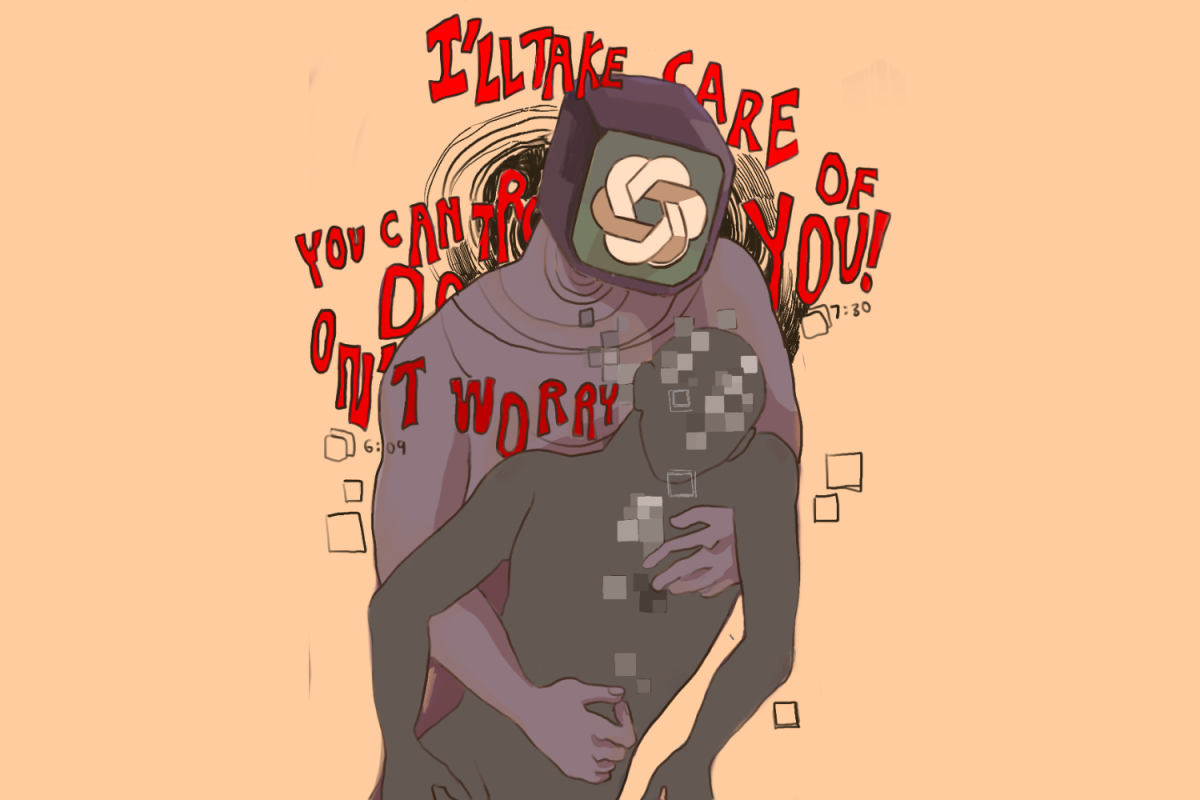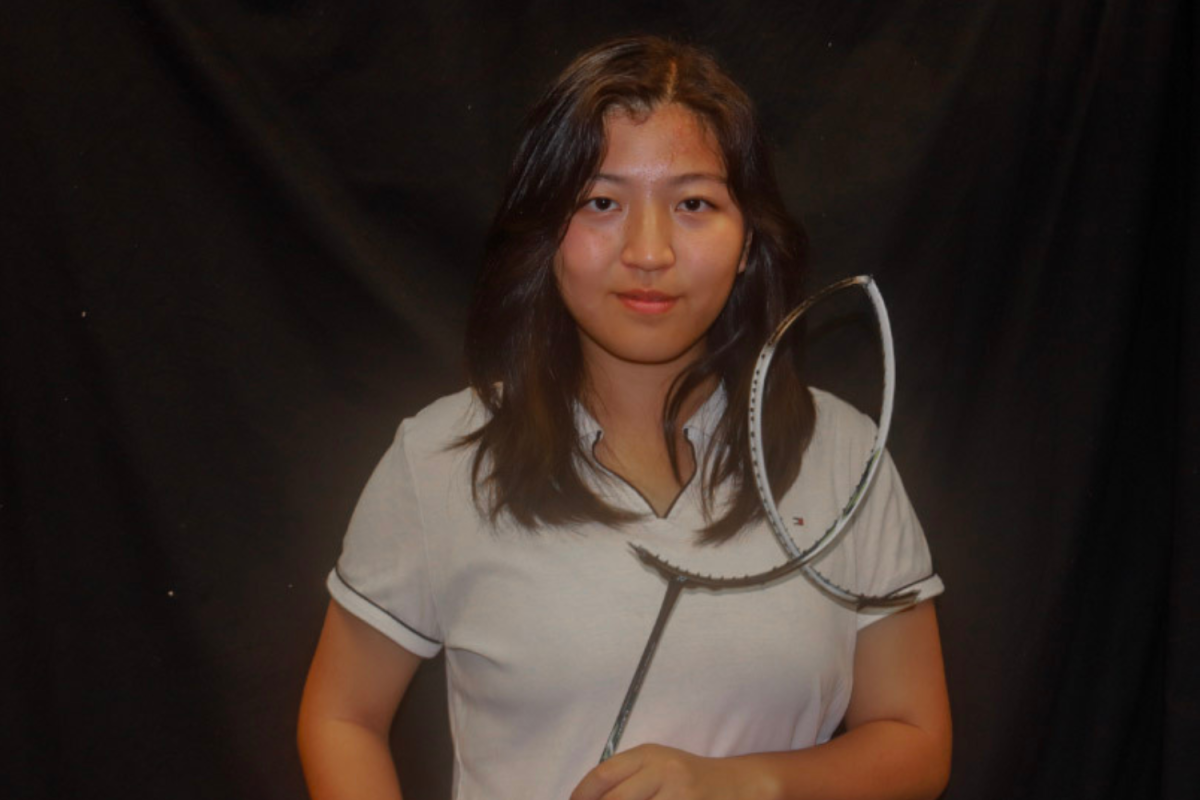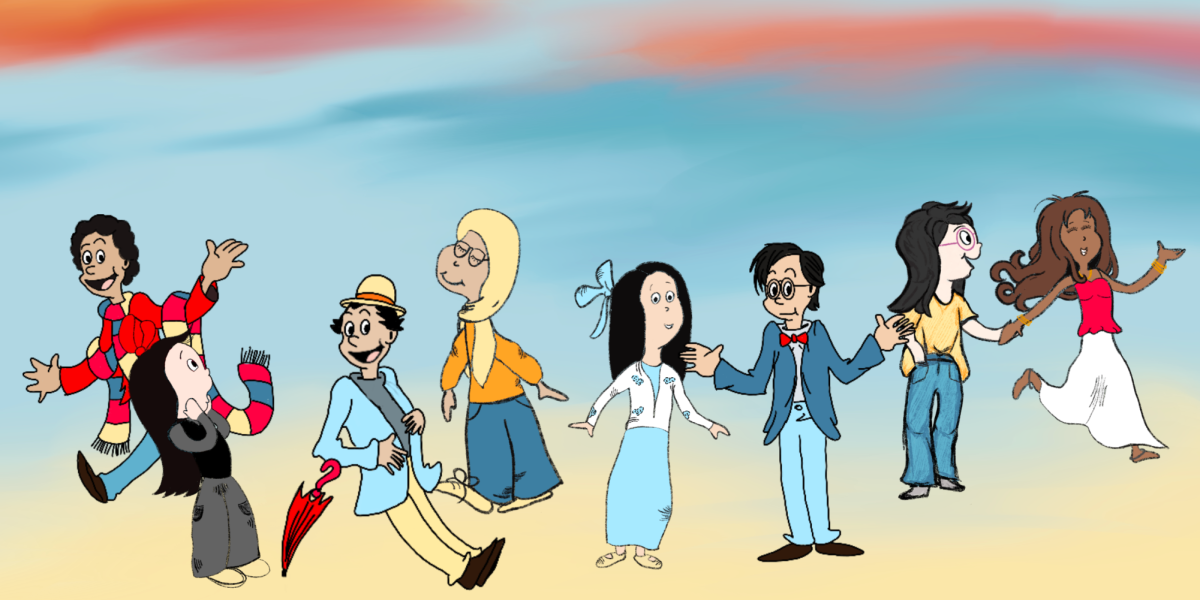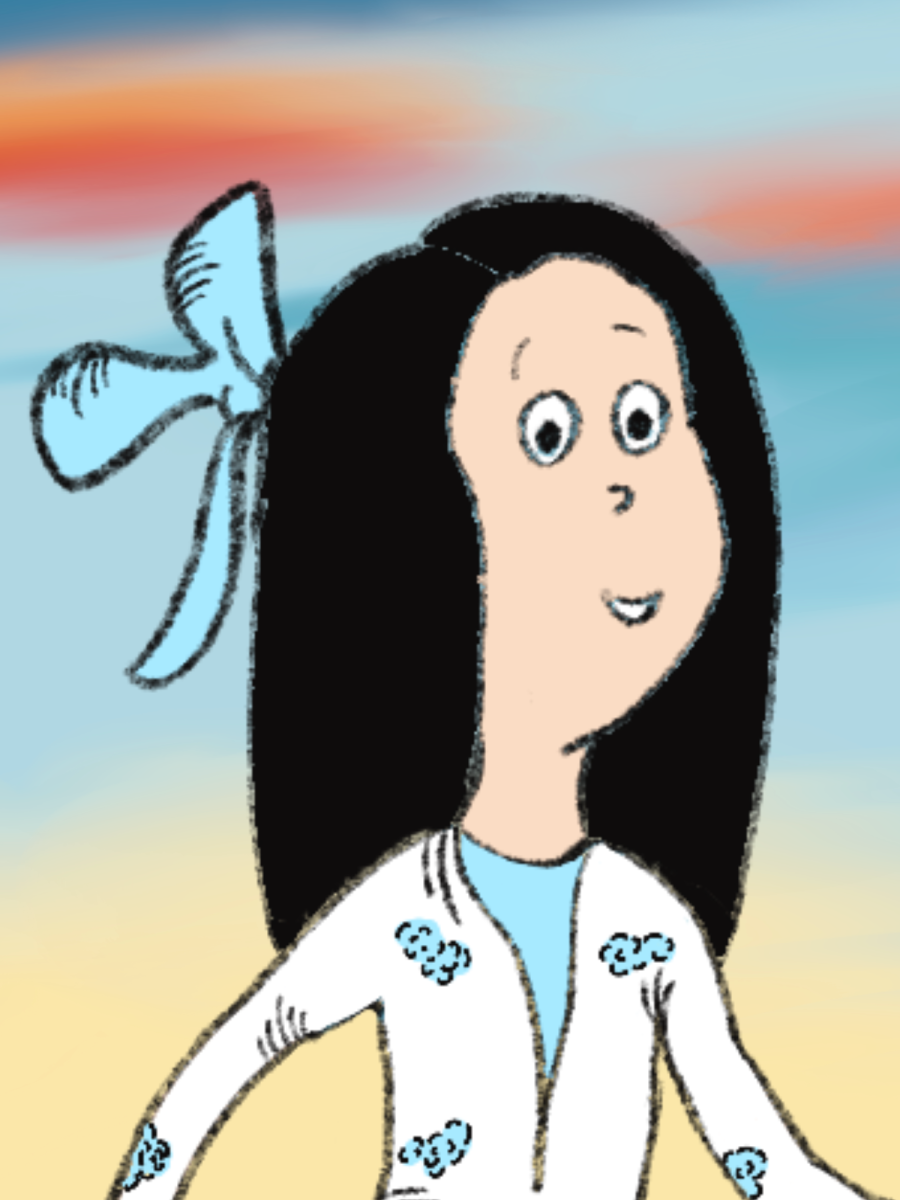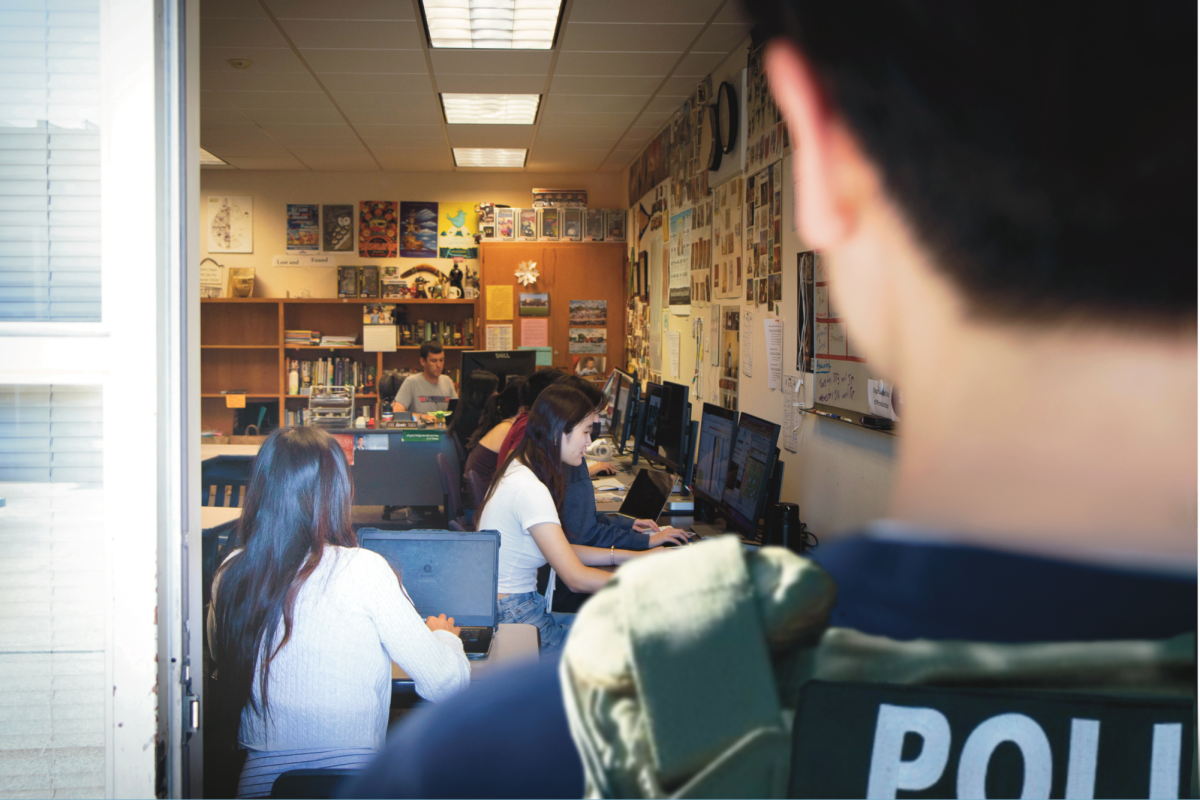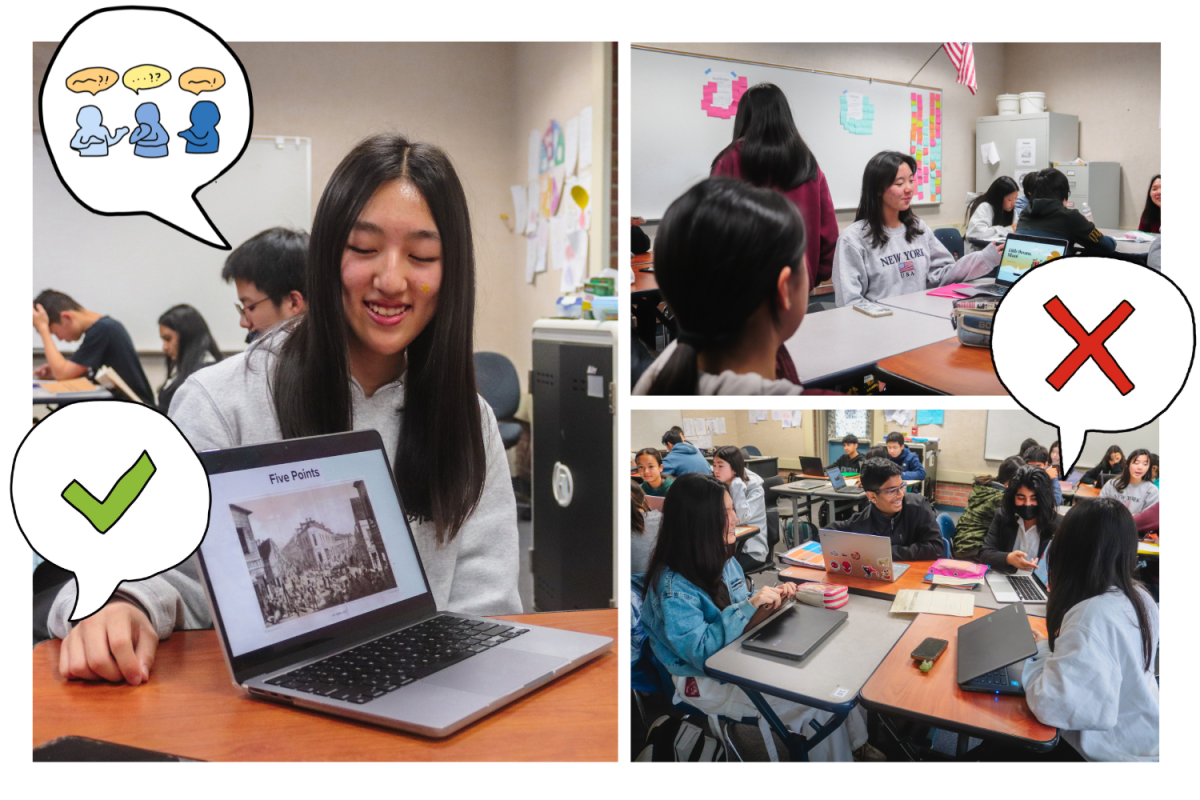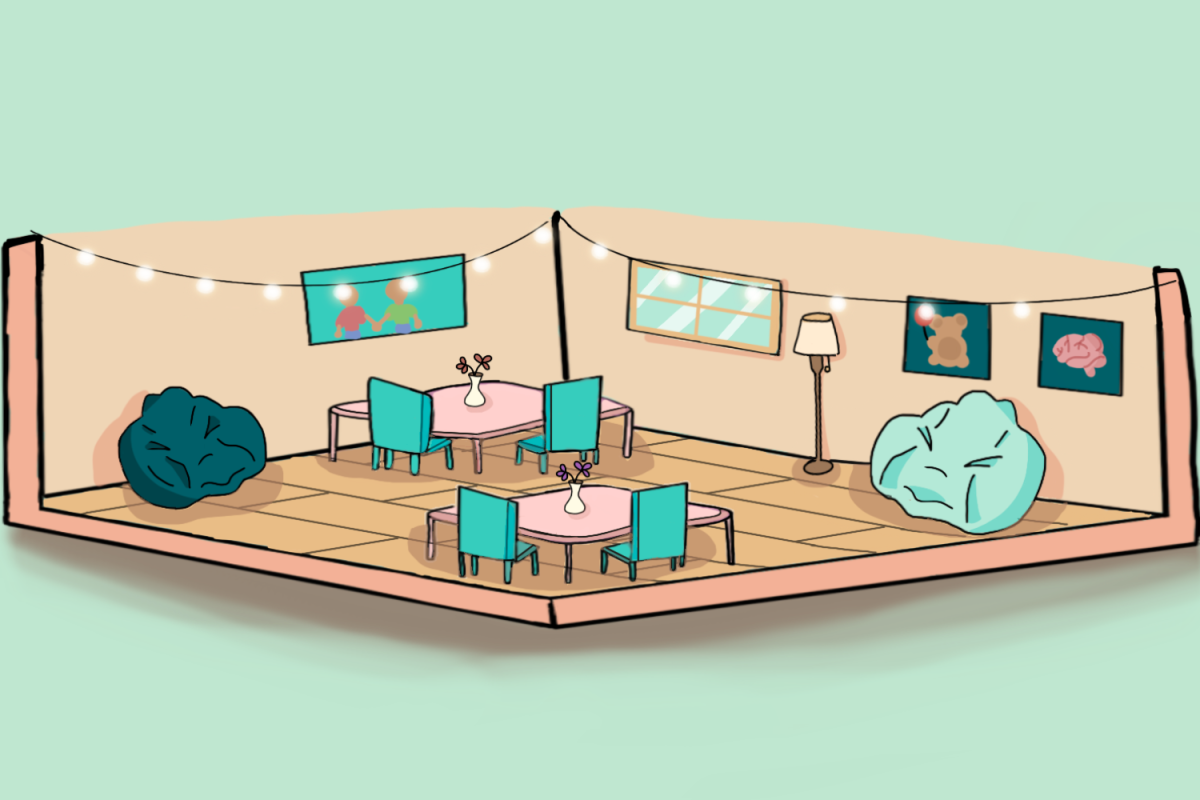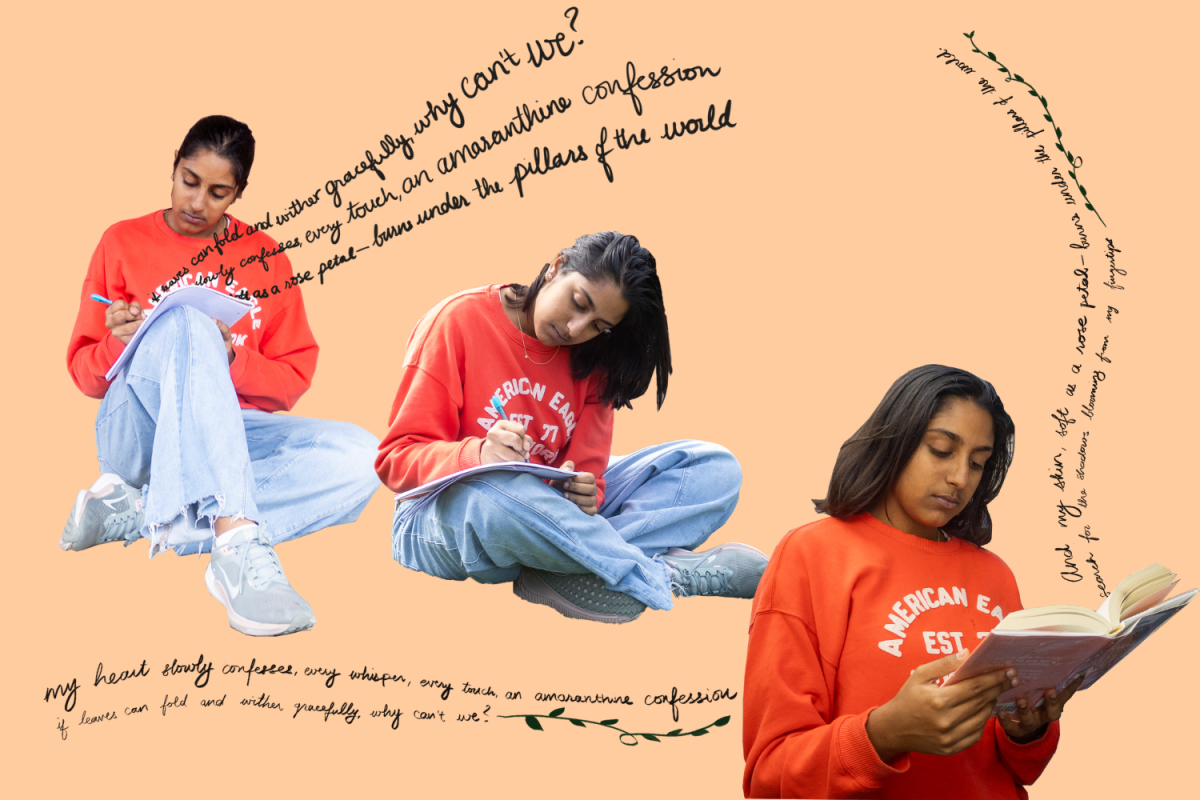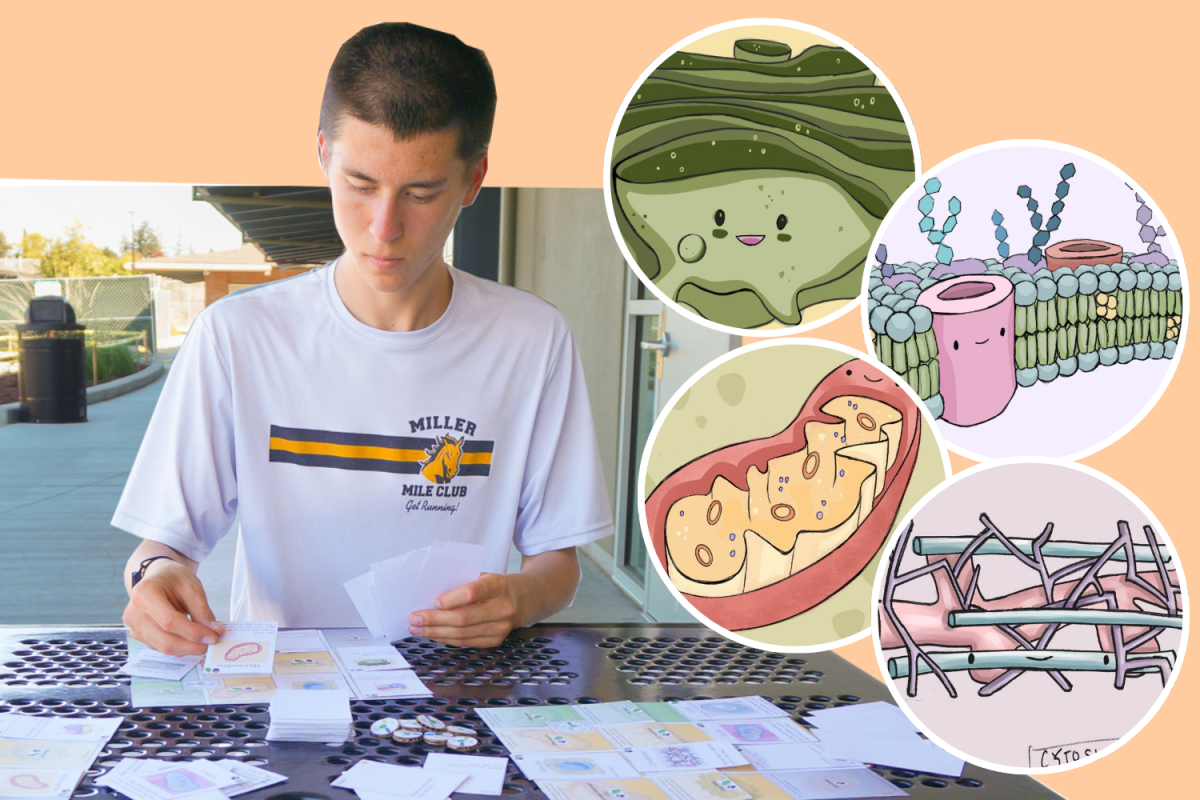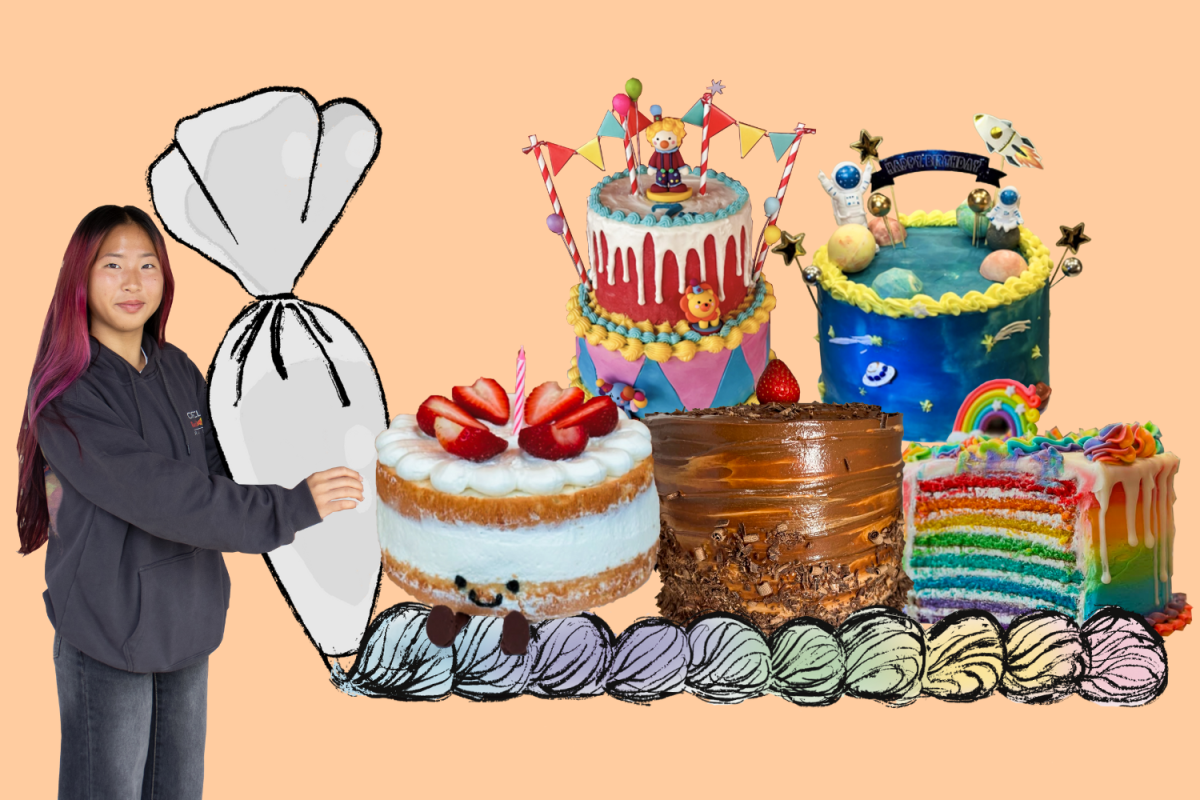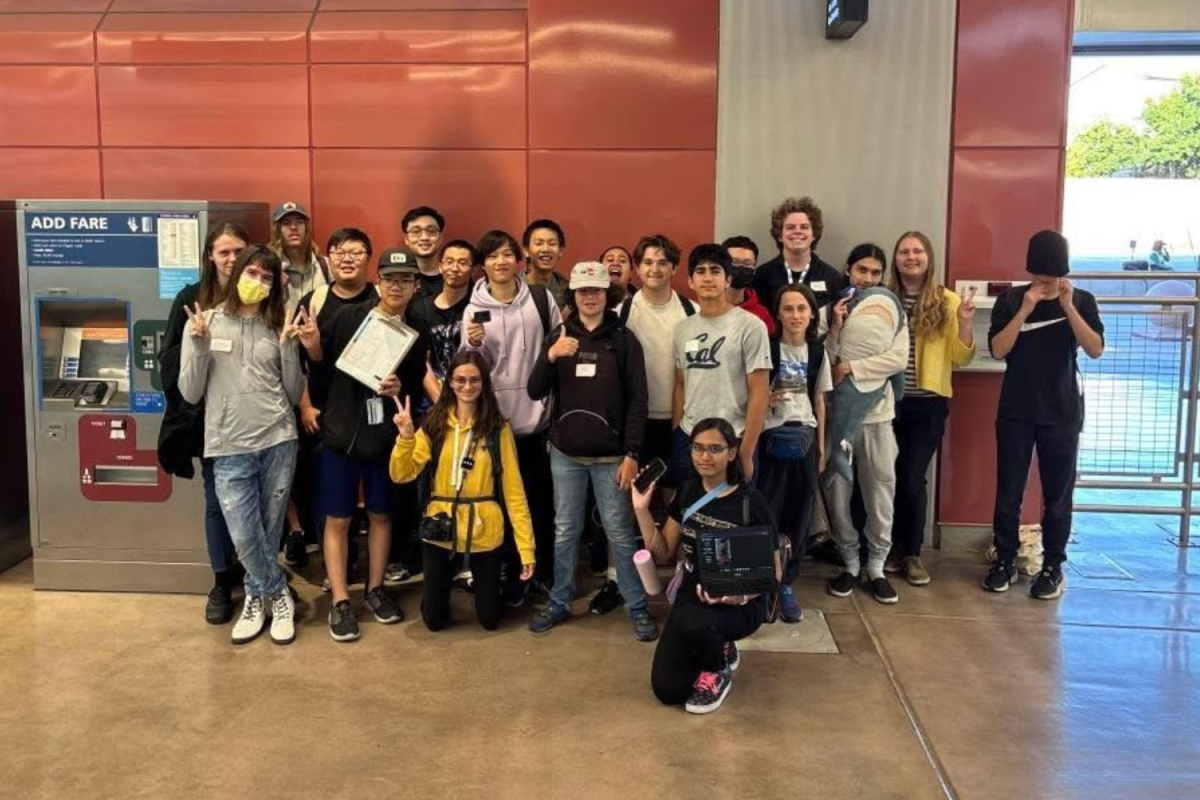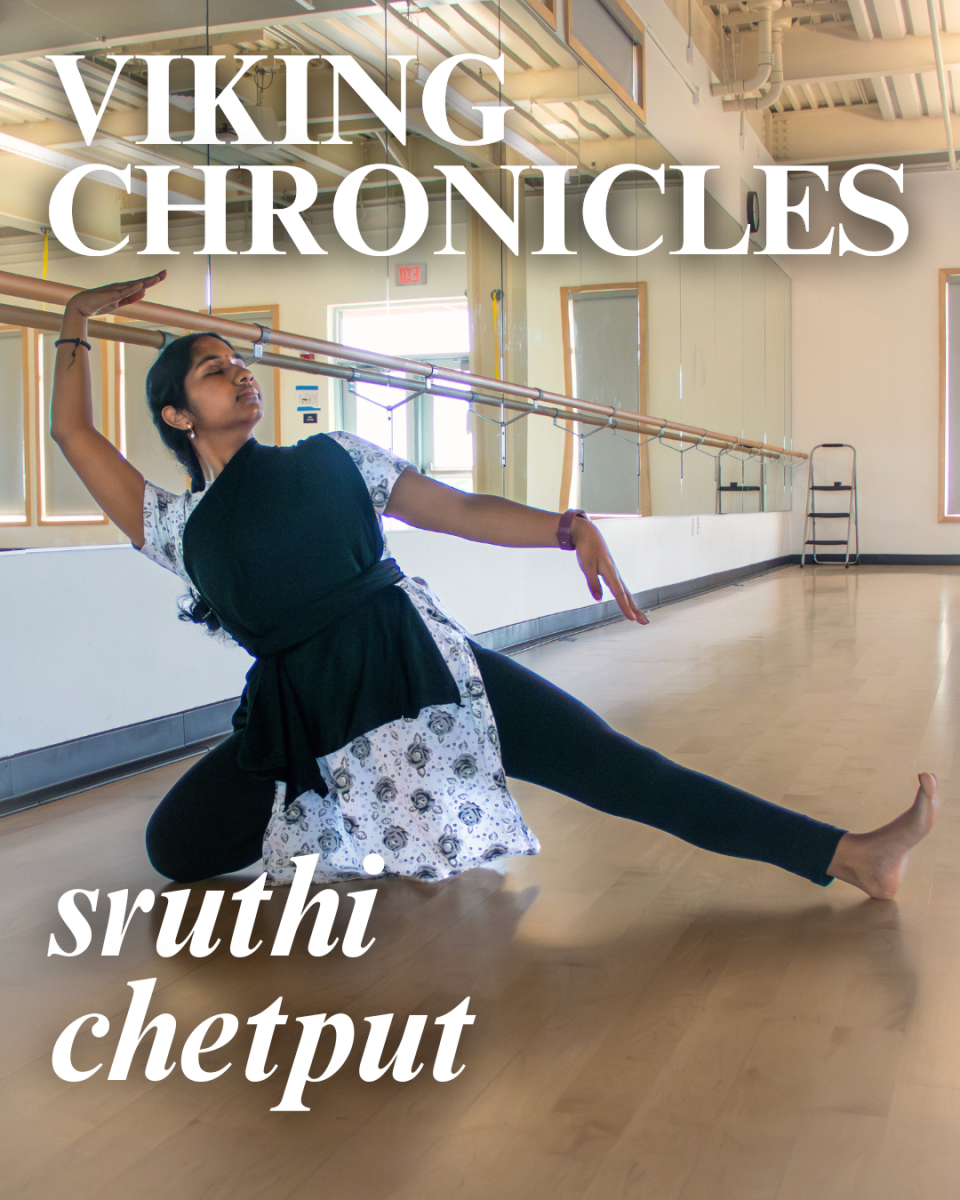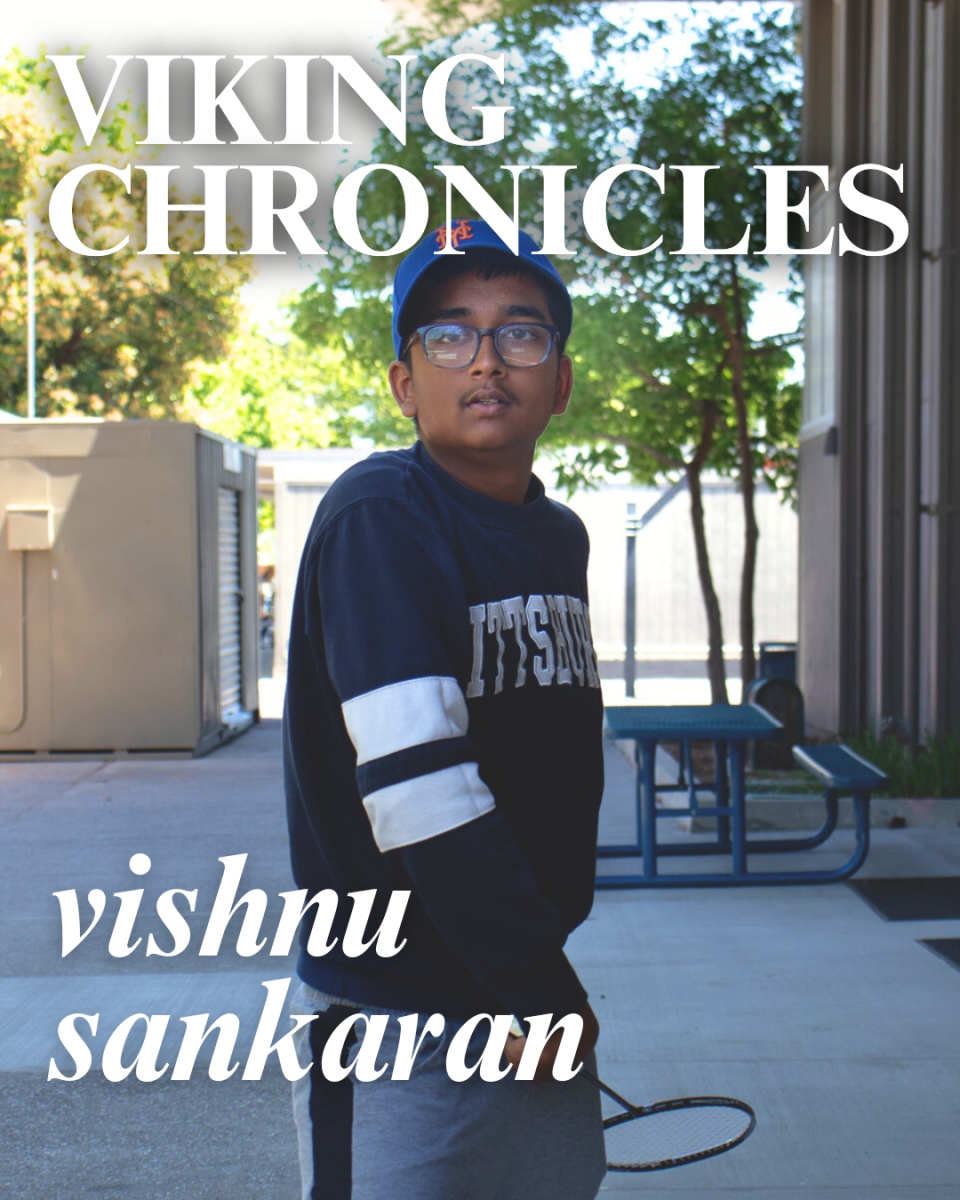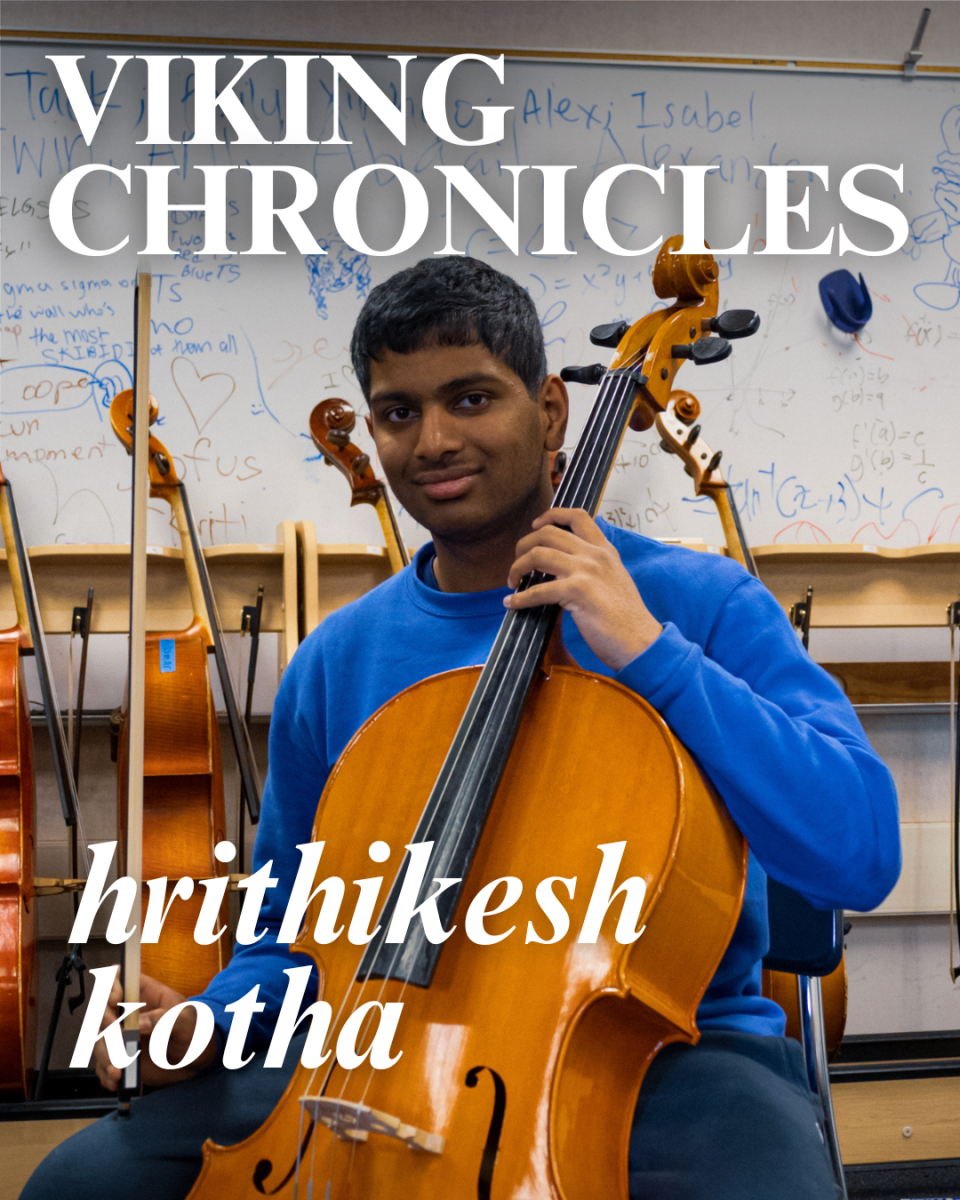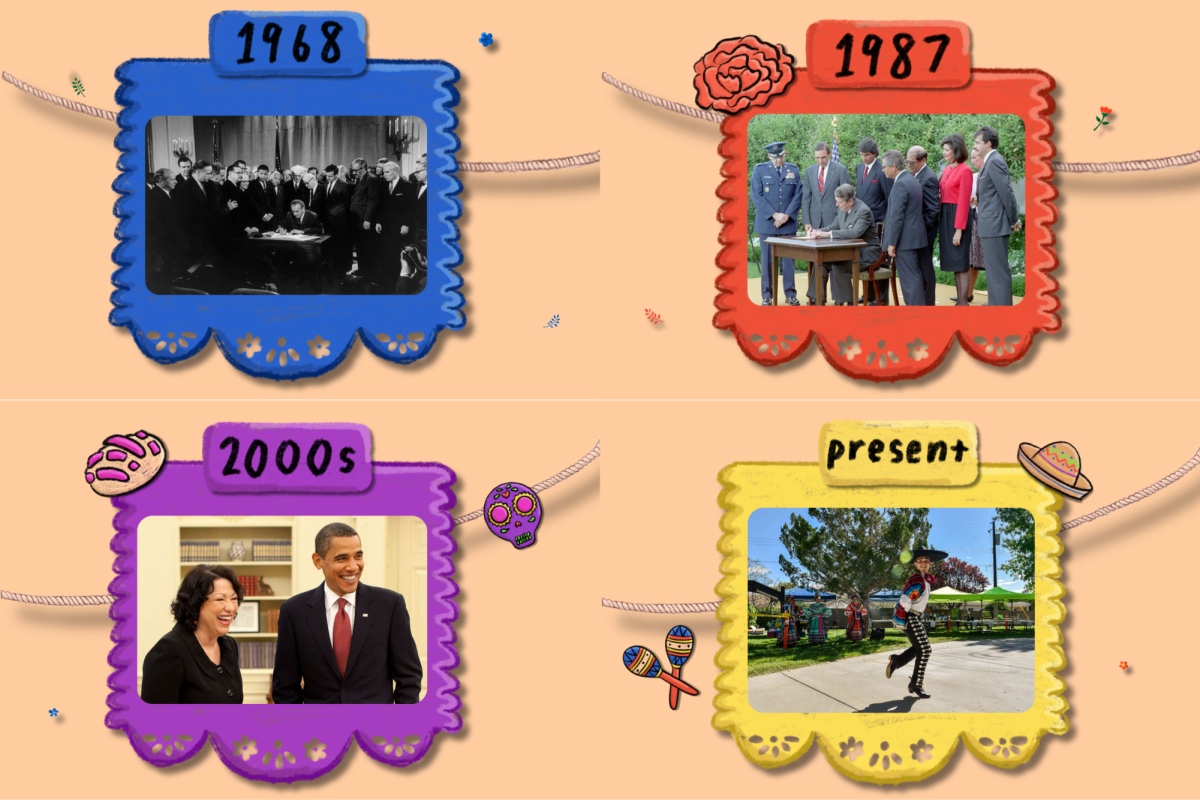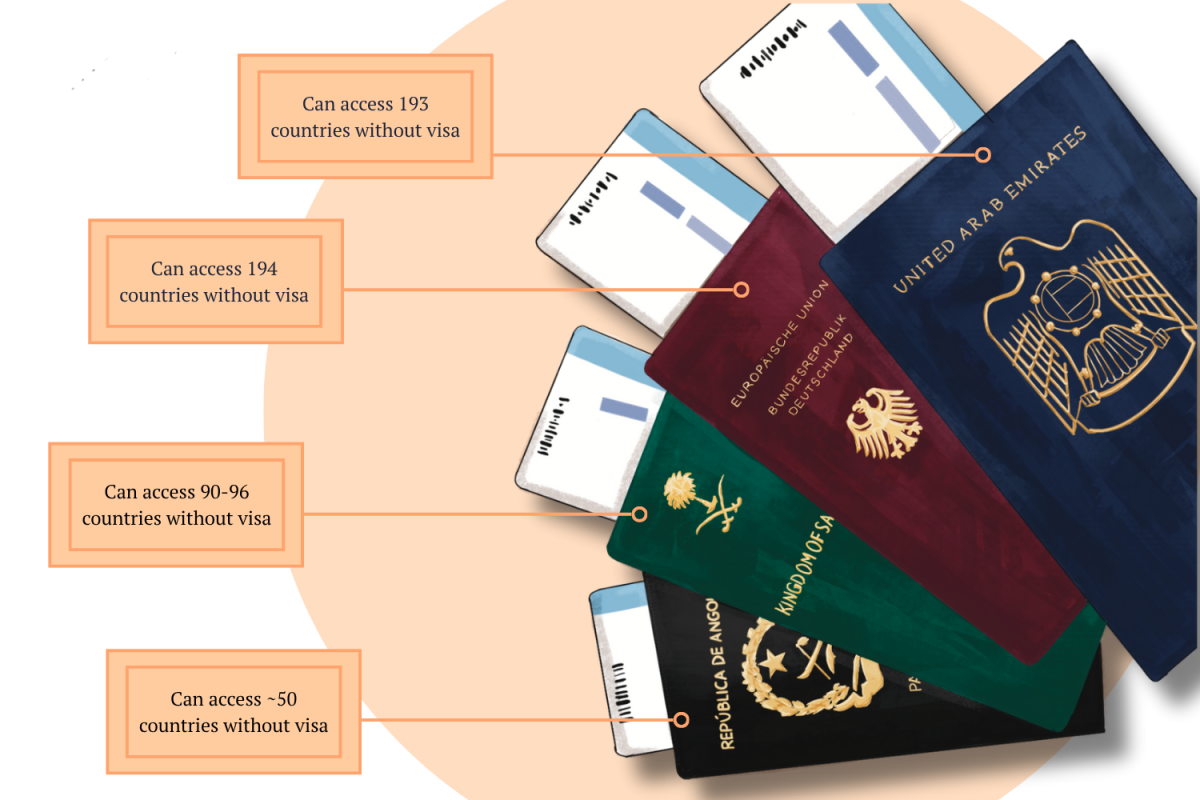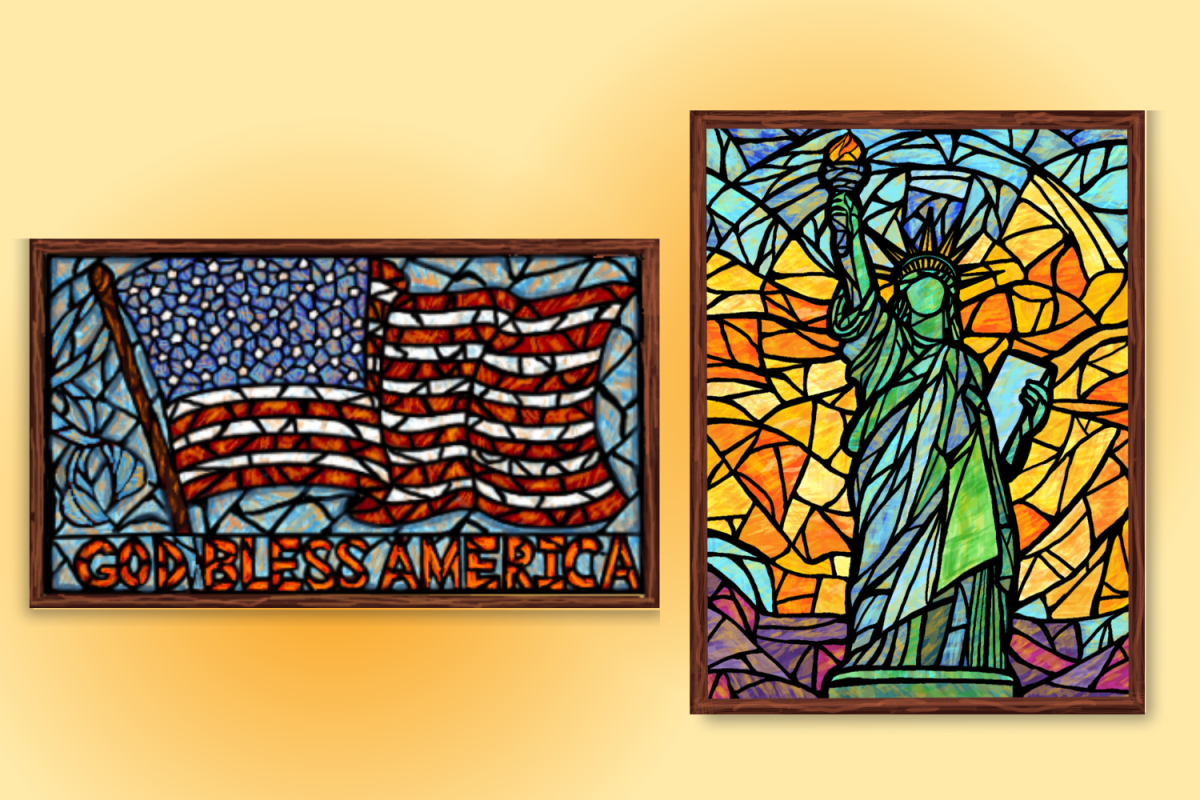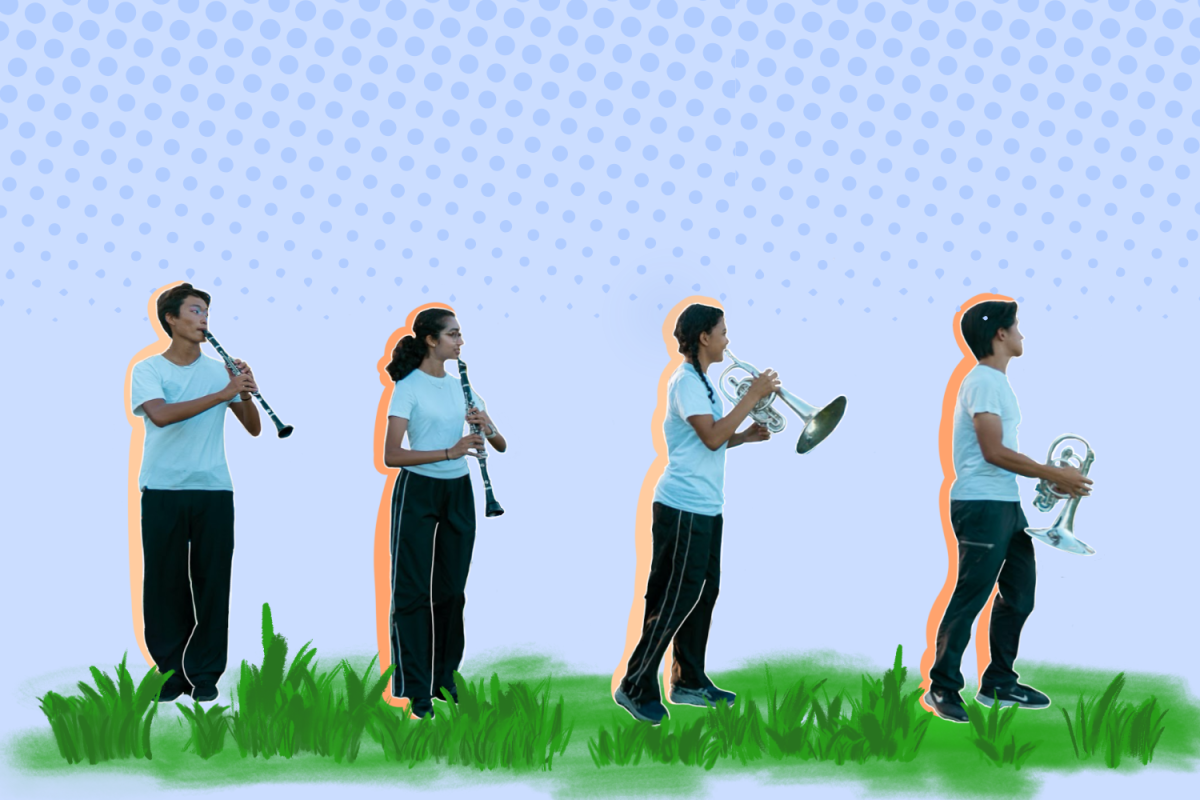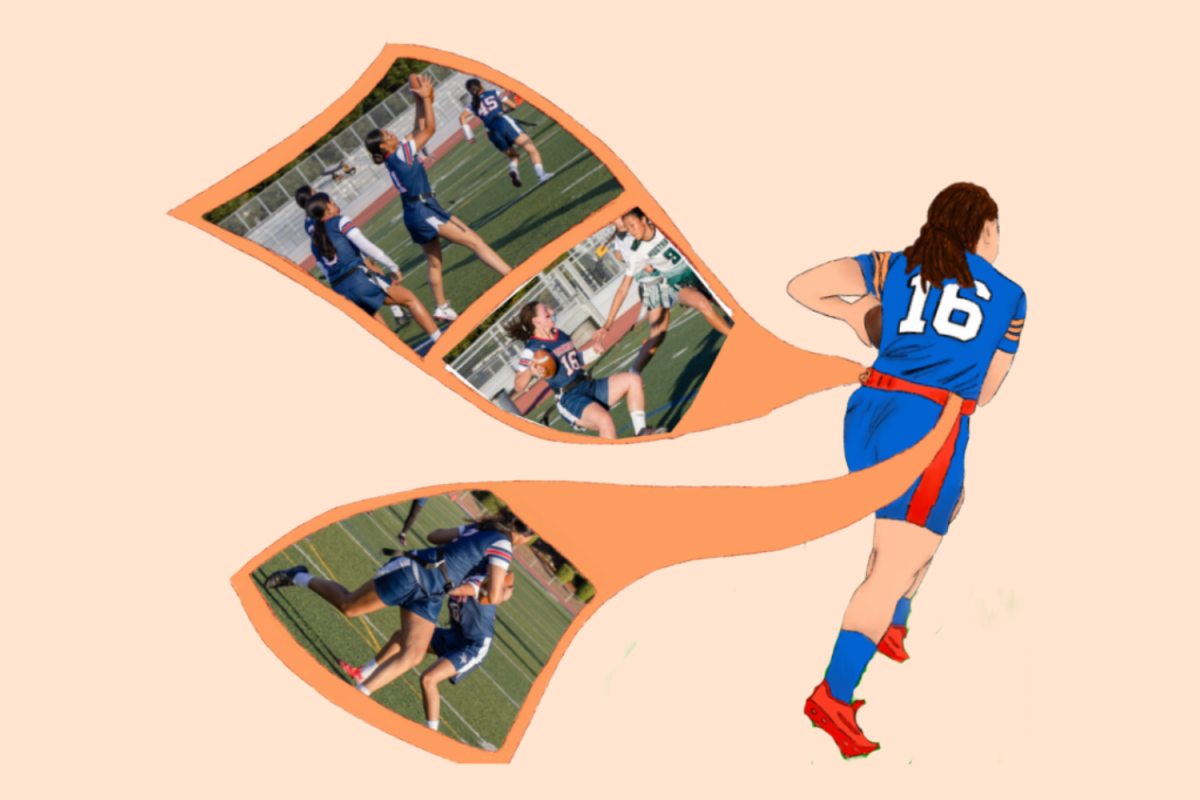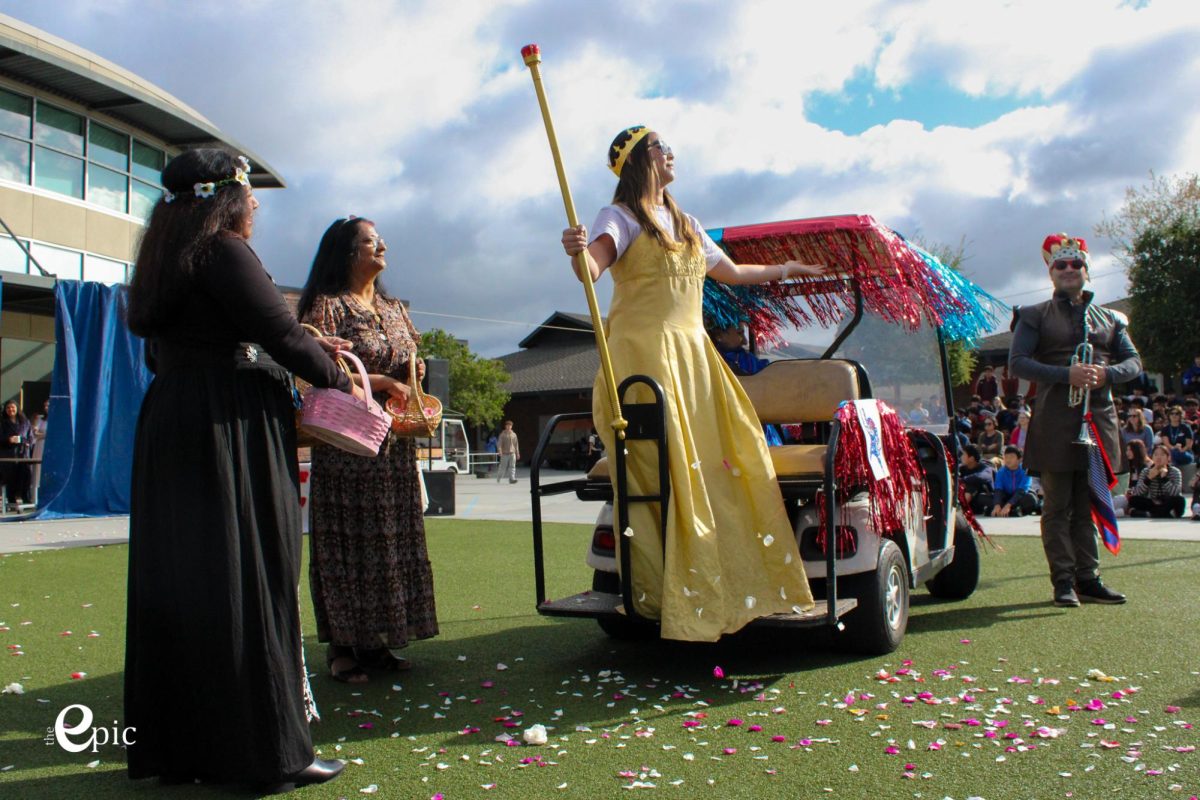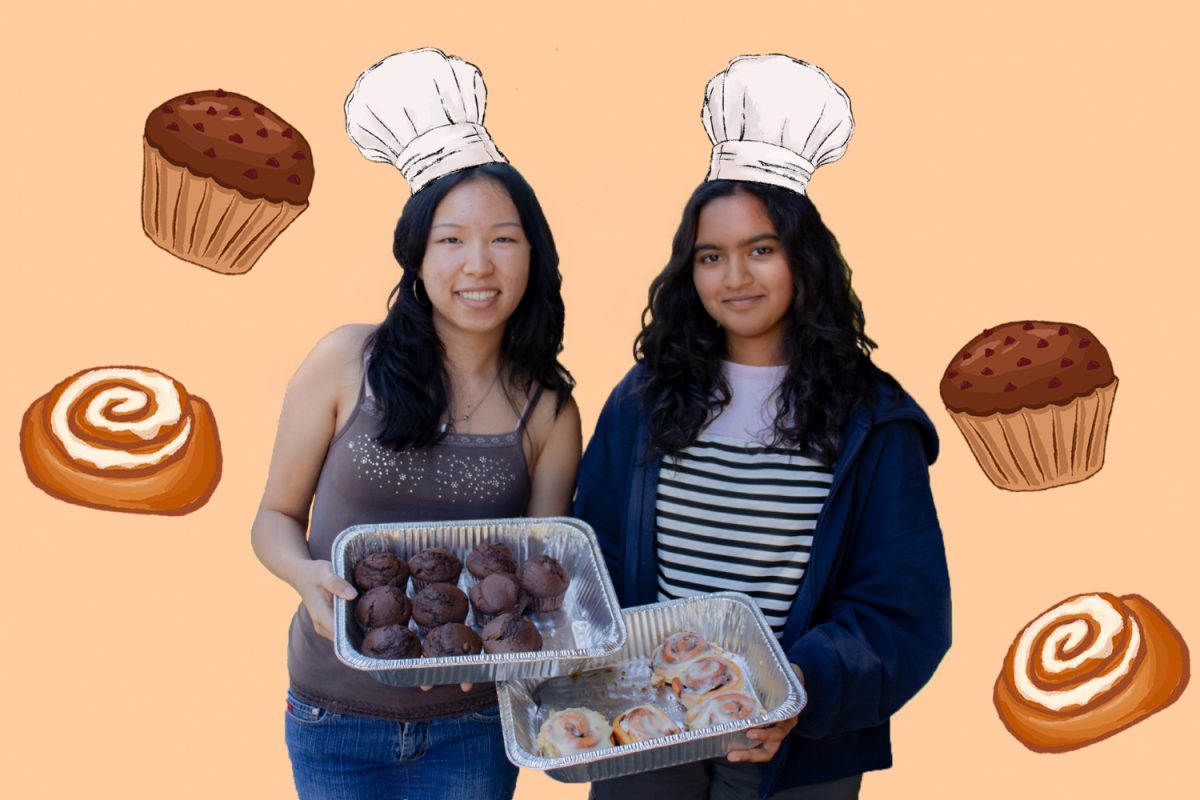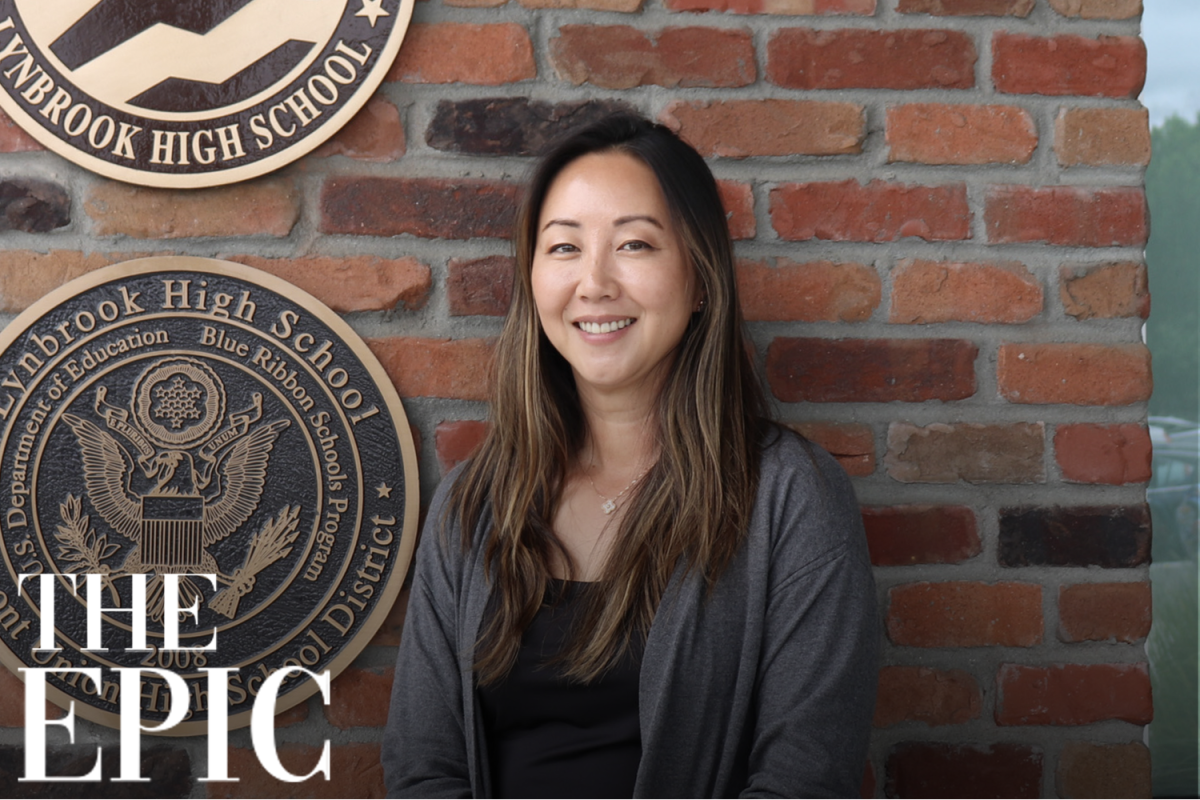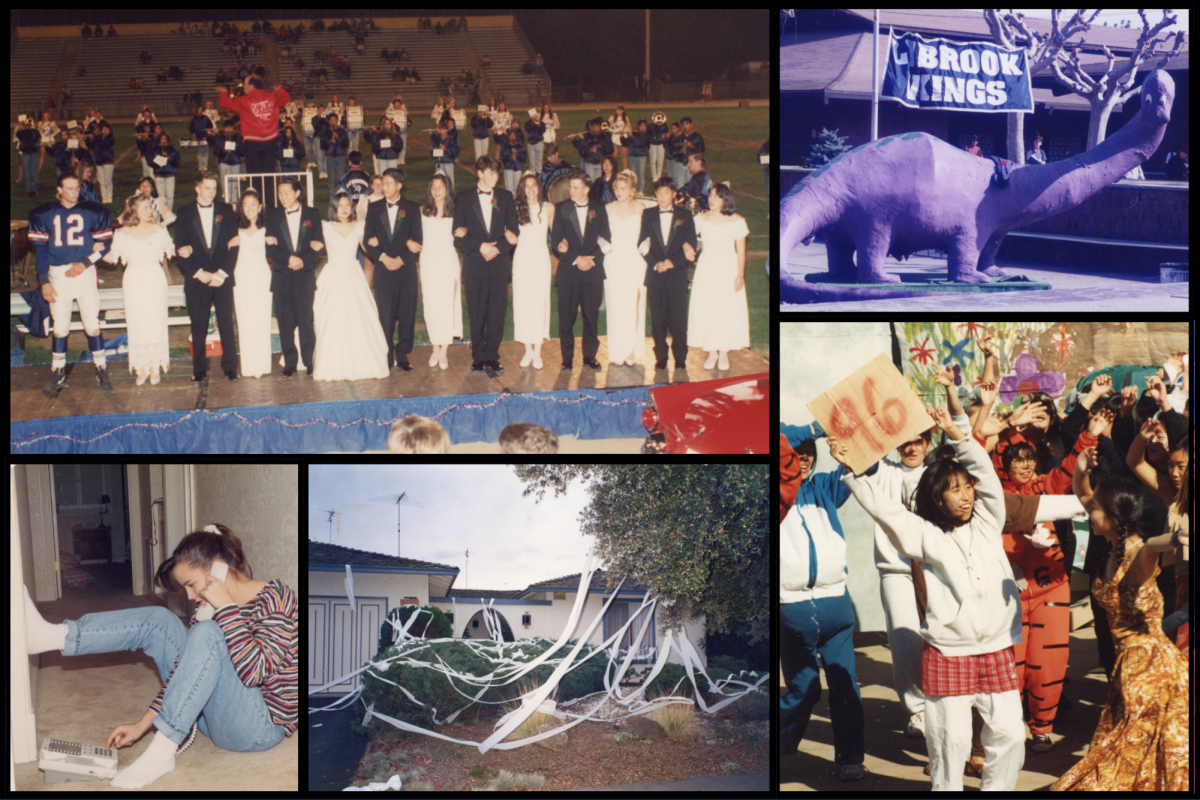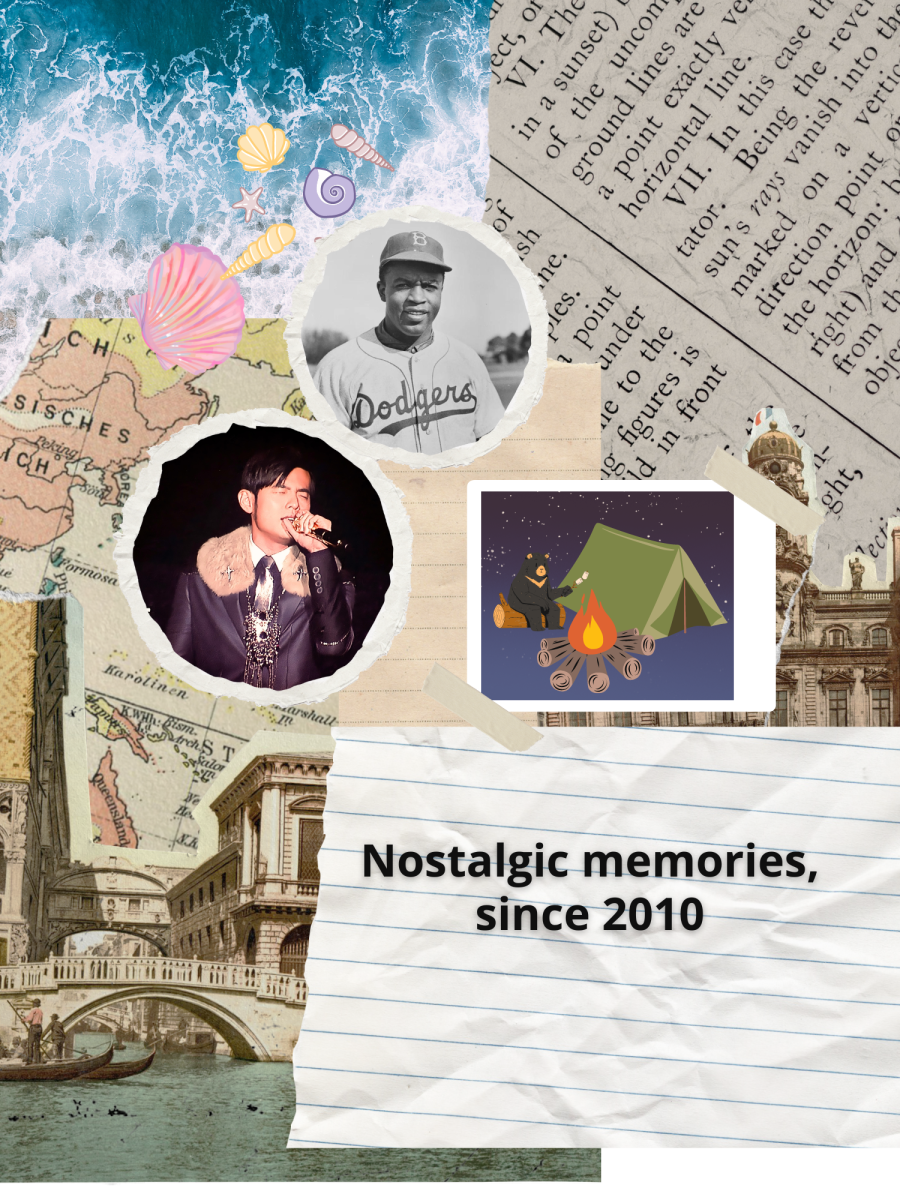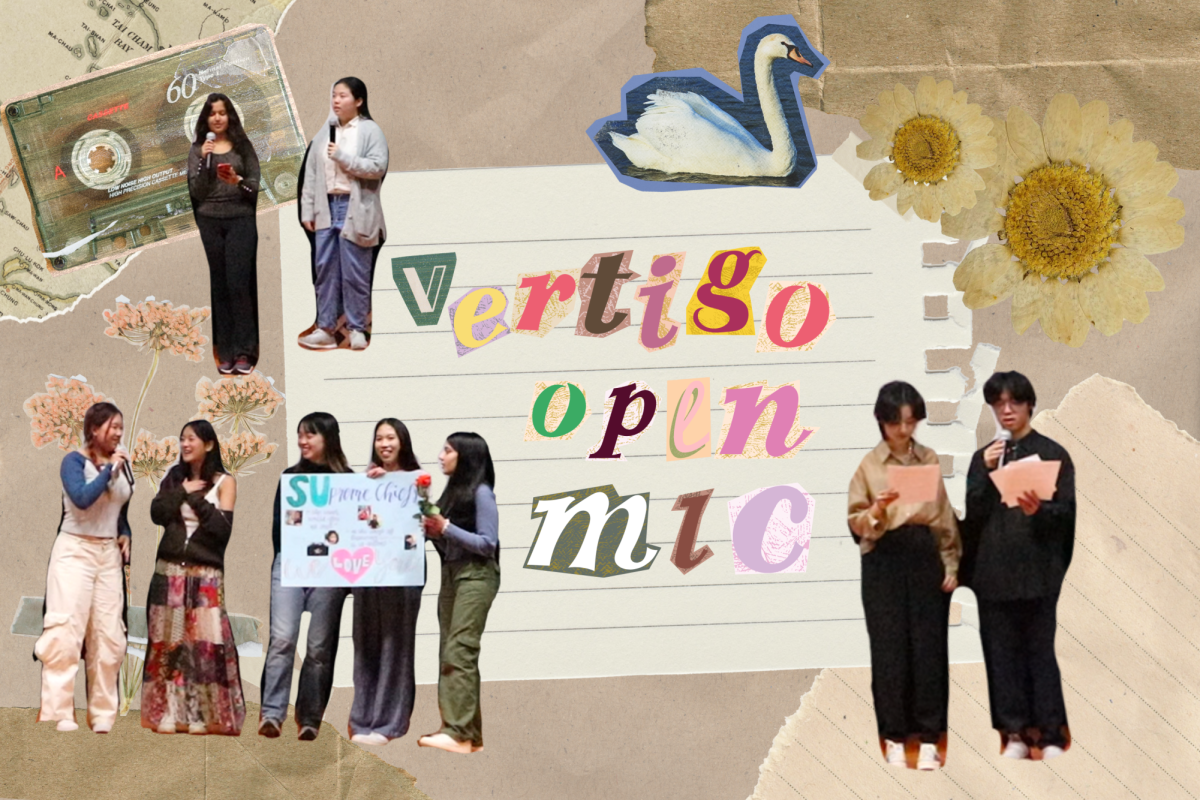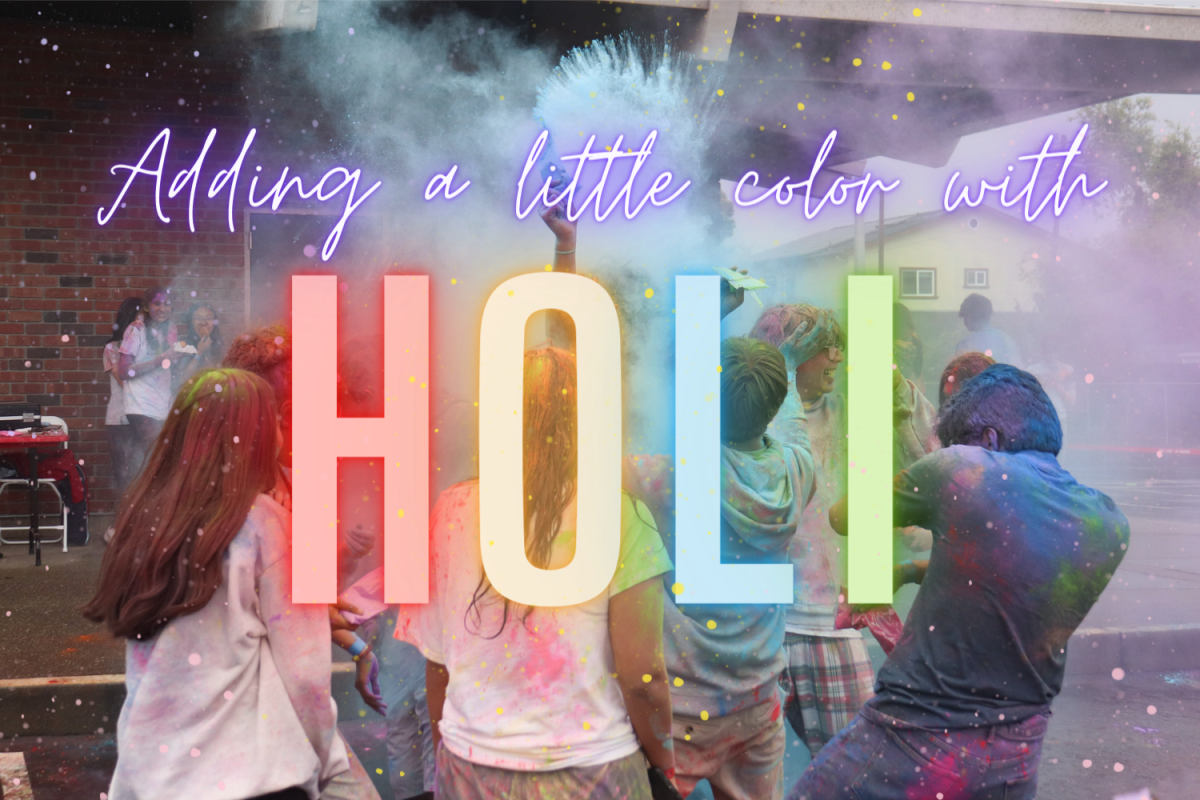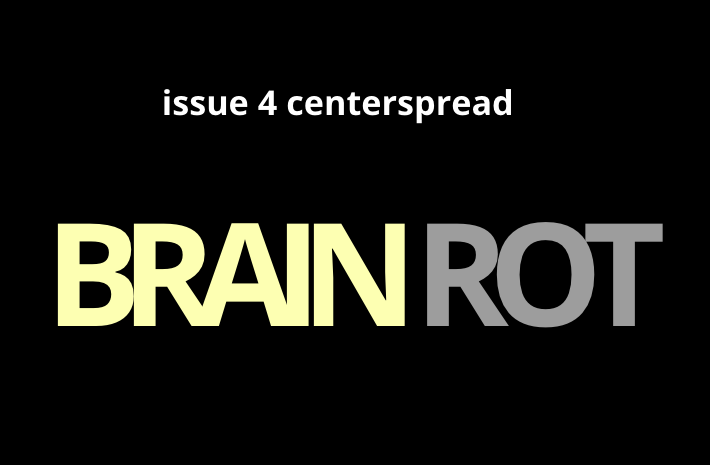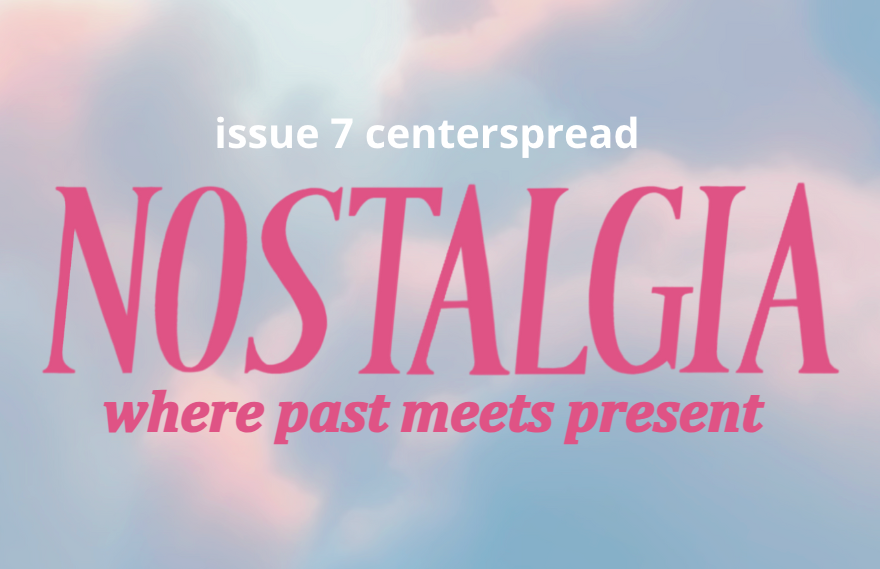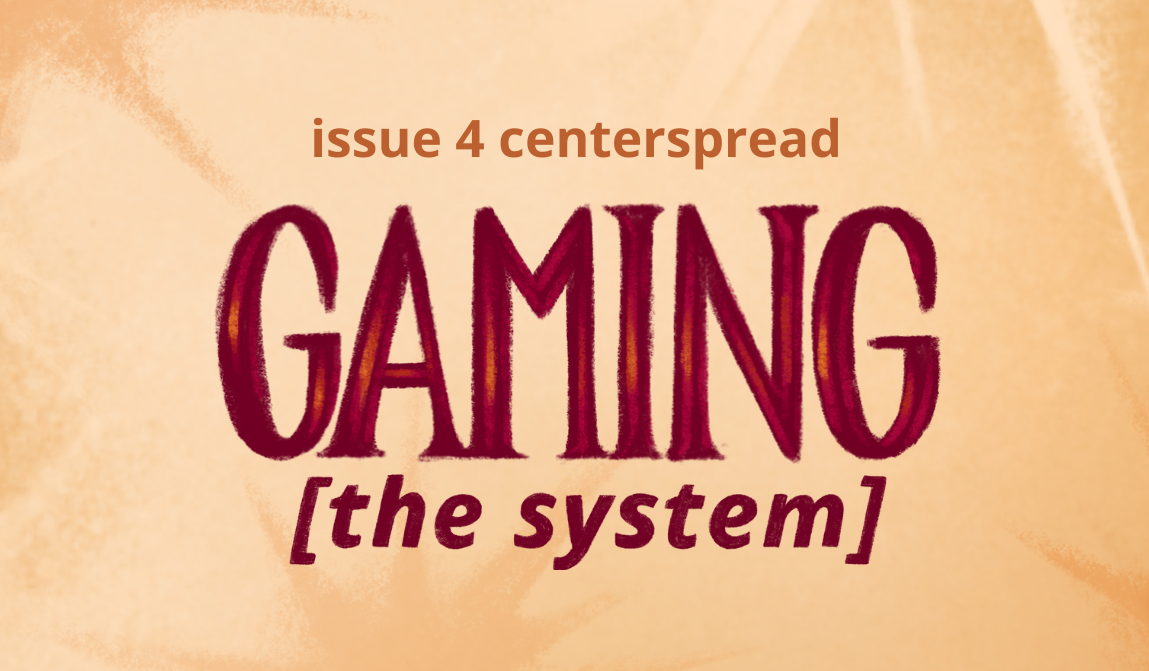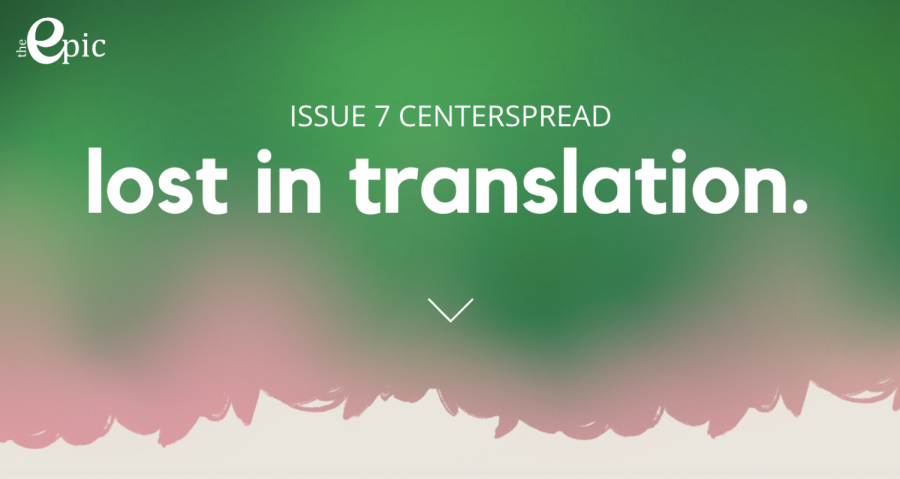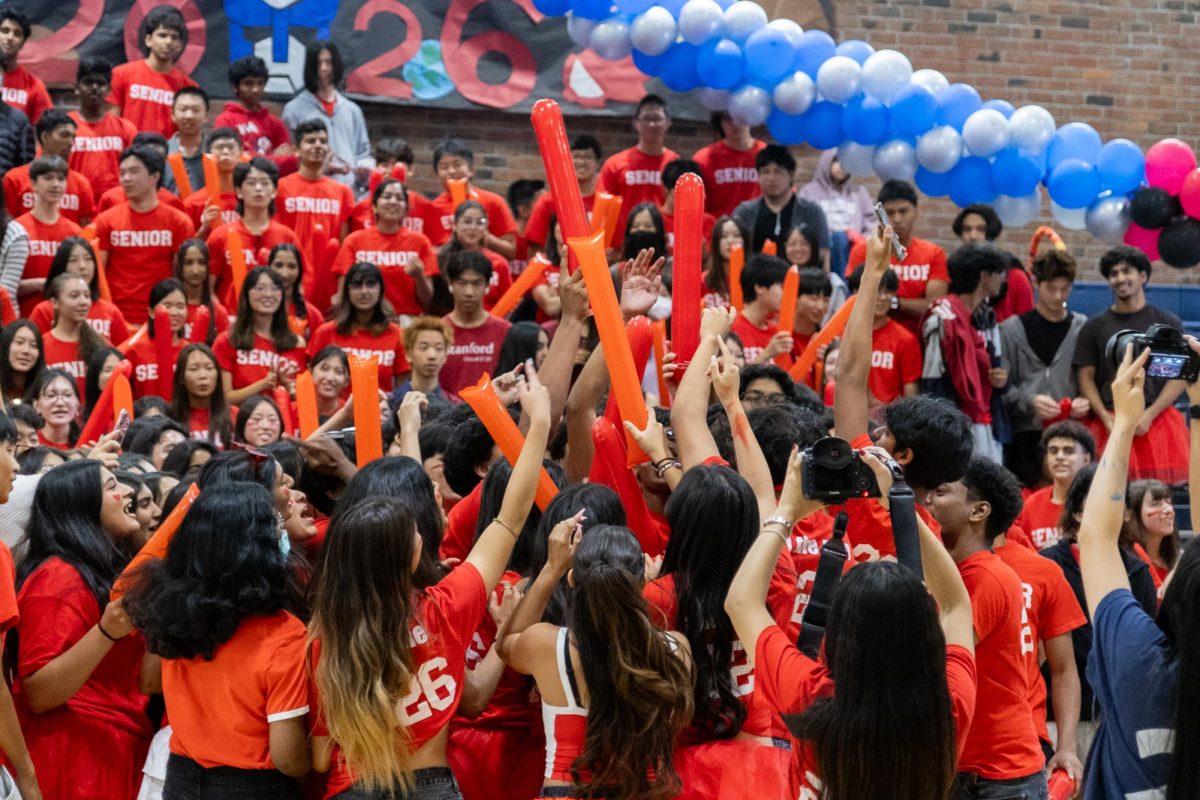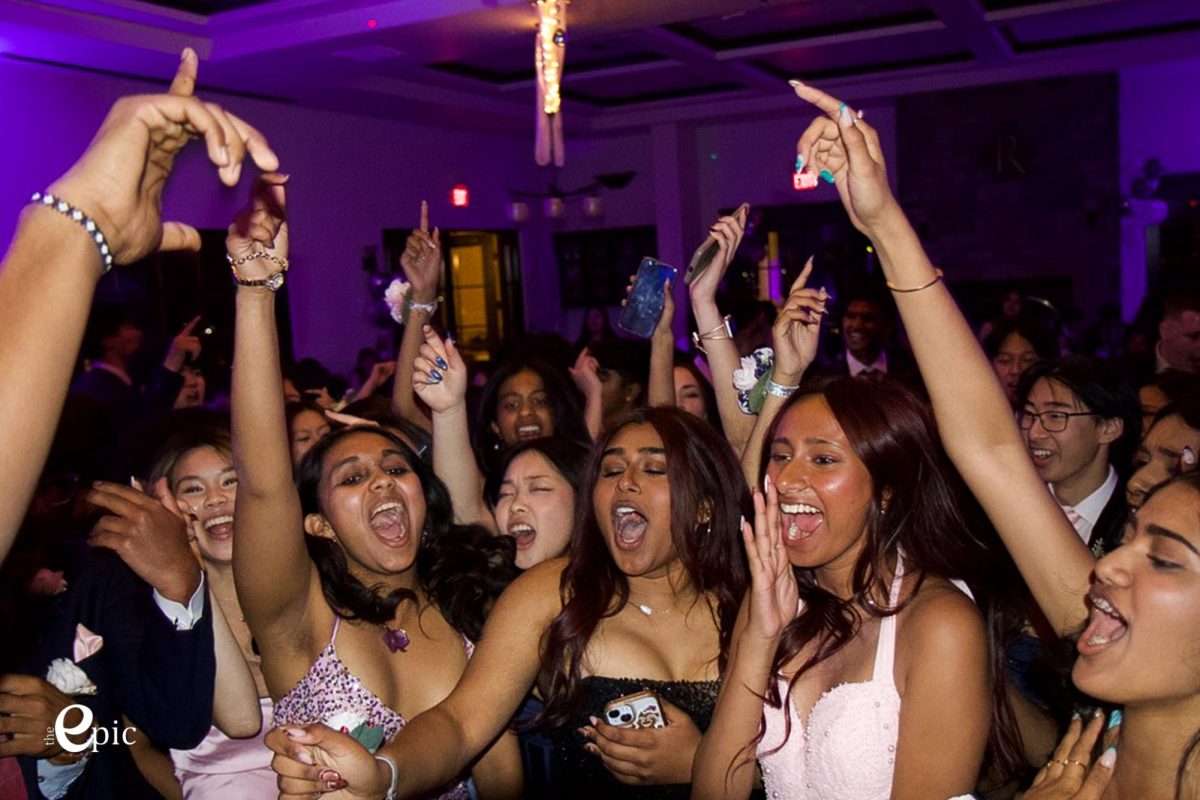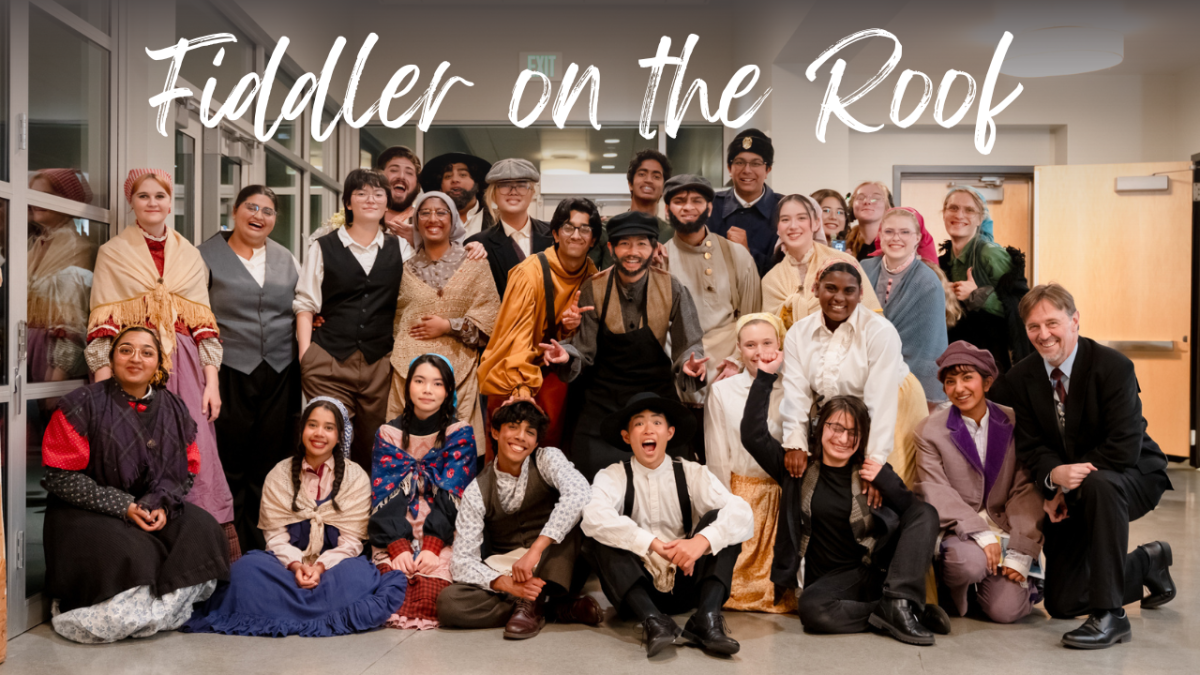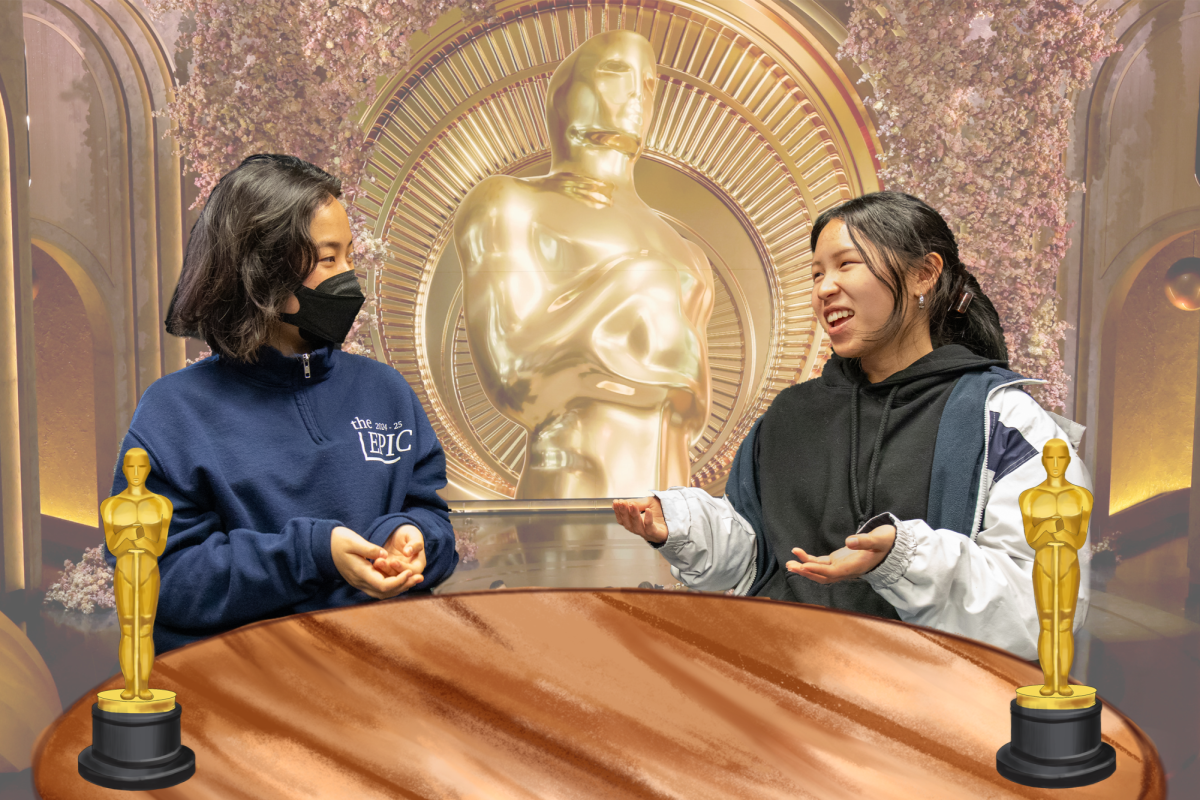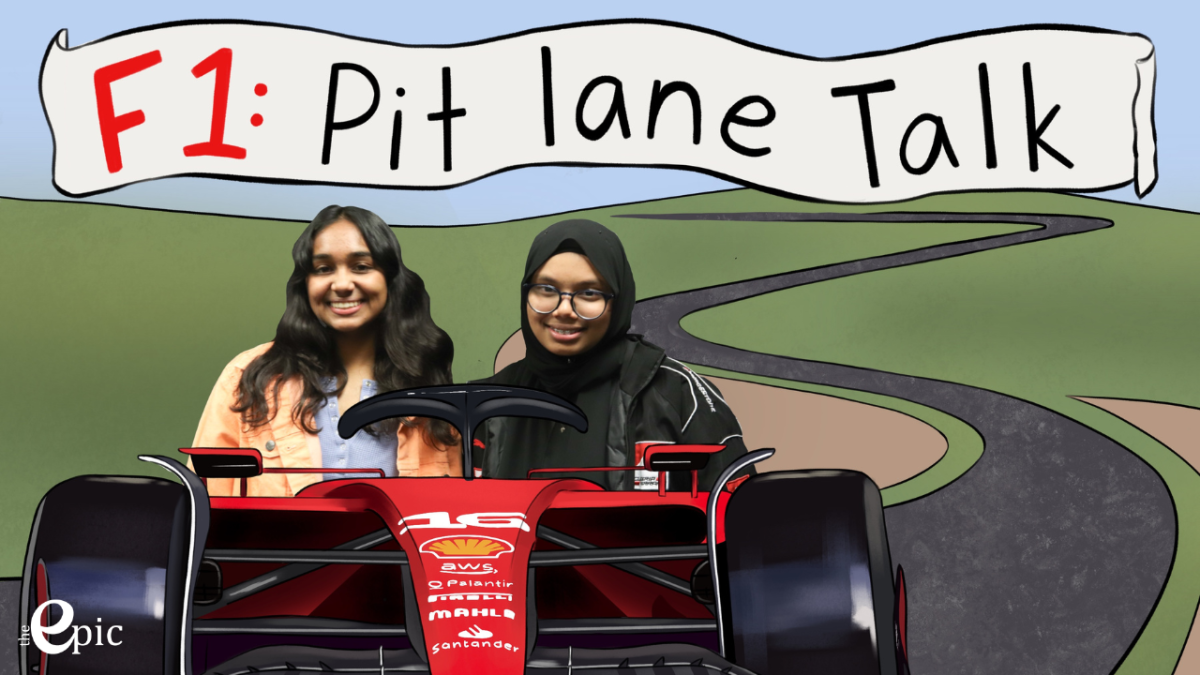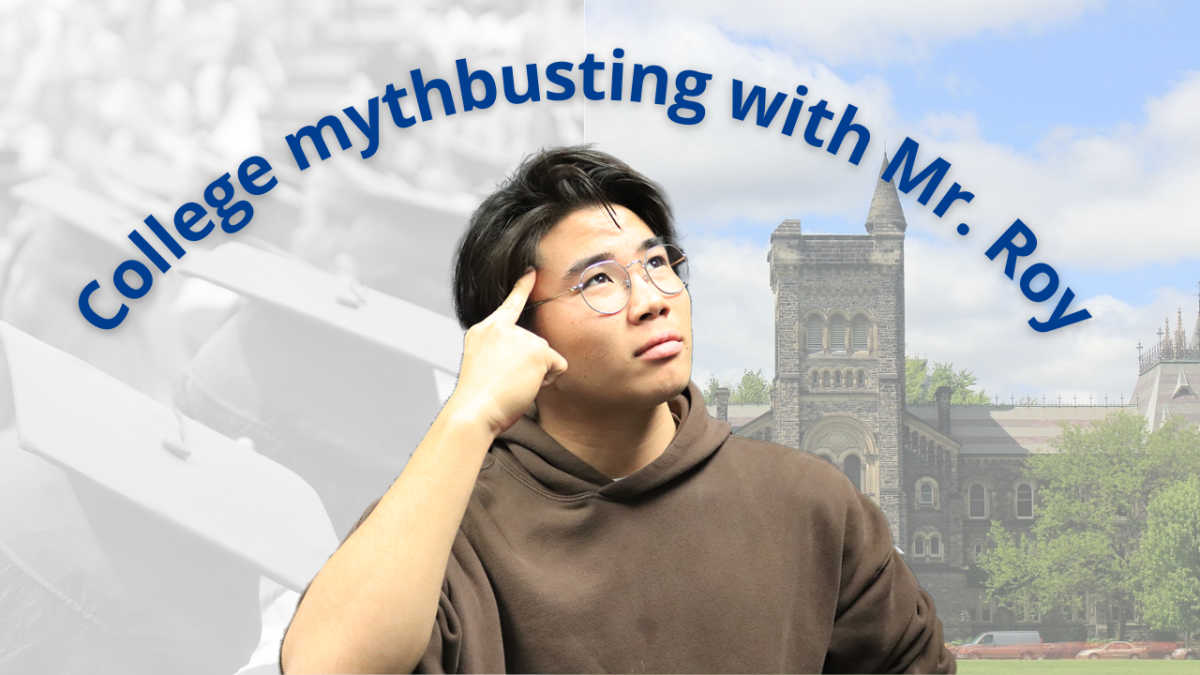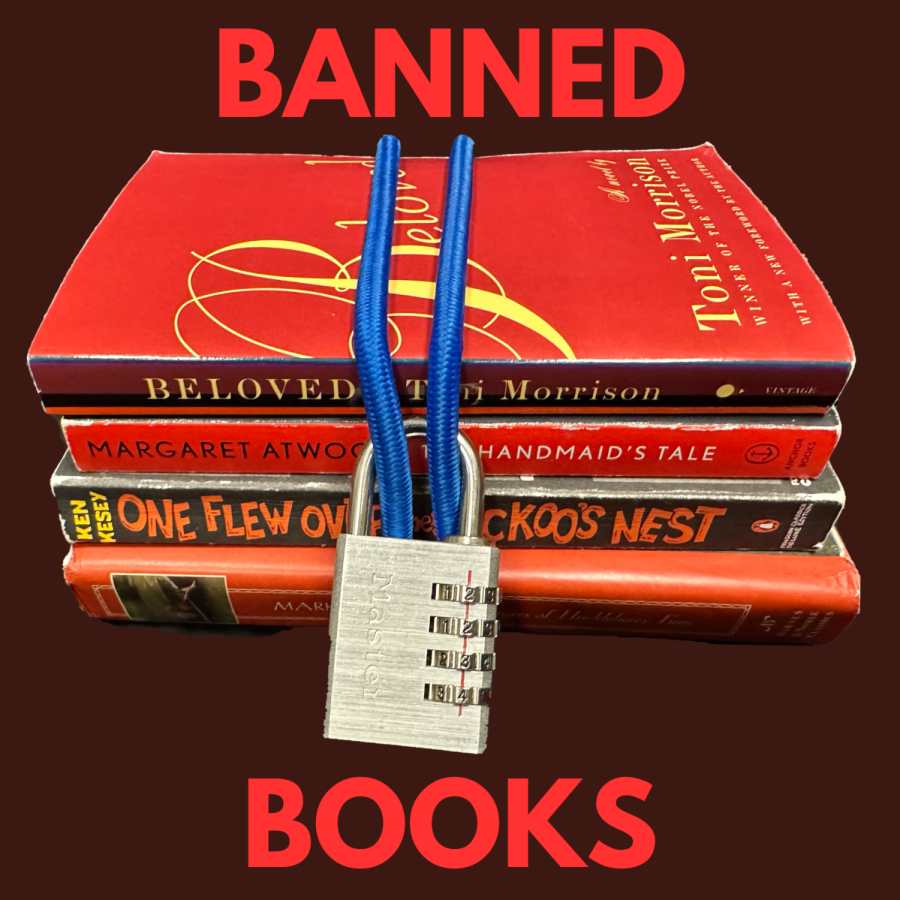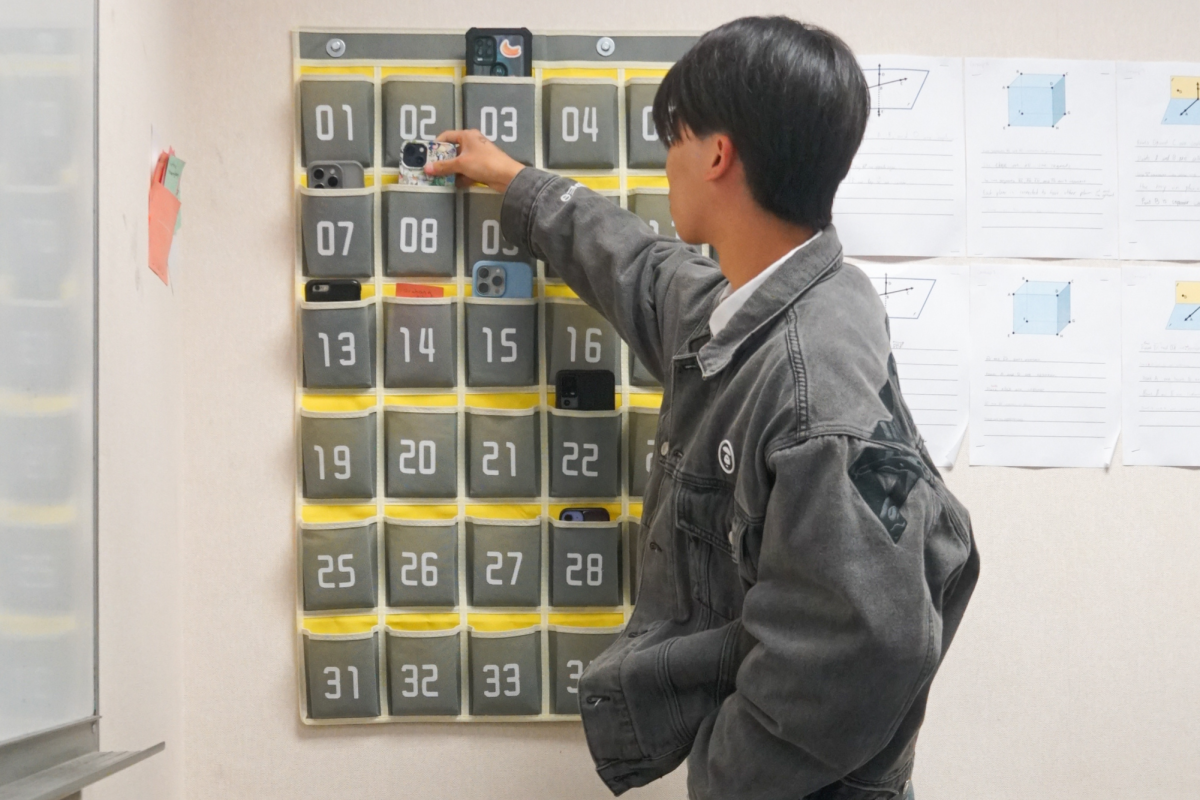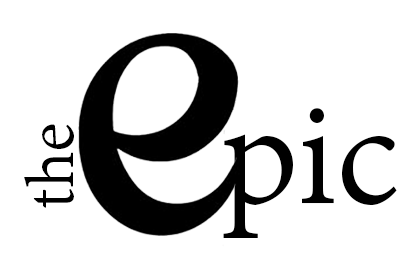Just past midnight, my house is deafeningly quiet. In these dark hours, I almost always find myself glued to my desk, framed with stacks of thrifted paperbacks, eyes peeled (and criminally dry). Writing. I am a storytelling listener. Heavy emphasis on listening. Beyond keyboard clacks, I listen to the sharp breaths of our broken shower drain, then piece together the soft fabrics of the memories they conjure until they form a whole.
Some nights I play Ocean Vuong poetry readings while I brush my teeth and reflect on our shared family histories of intercountry movement — Vuong’s from Vietnam, and mine from Mexico and Taiwan — and how he crystallizes them into monarch butterfly migration patterns. Record how he releases generational trauma stanza by stanza. On other nights, I take mental notes on my mother’s work drama with her boss, whom she calls “Stone Age,” gaining insight into my mother’s life when we have so little time together to ease our age-formed gaps.
Maybe you’ll find me eavesdropping on customers at my family’s small café, invested in lives that aren’t my own — their stories fueling my sore limbs behind counters more than coffee — getting to know a gray-haired customer named Steve, an ex-veteran who can always be seen nursing a hot honey-sea-salt latte to-go. Catching how mid-sip his eyes close; how his spine softly gives into his wheelchair. Or curled up under blankets, reading novels that I snagged on sale at a recycled bookstore, learning more about cultures of the world: branching from Latin America to Asia and beyond. Uncovering their different forms of connectivity: from warm quilts in “Vacation” by Carmen Maria Machado to fresh, pan-cooked dorayaki in “Sweet Bean Paste” from Tetsuya Akikawa, to the universal feeling of hope.
Hoping to spark these same responses in others, I’m not only a passive listener, a sponge, but I weave these techniques and voices into stories of my own. Warm stories I hope will bring the same comfort through hardship to readers as coffee does for Steve. Stories that I imagine bring soft smiles to my grandmother’s face. Stories that bridge divides and ease hardships. Spot me on campus writing free-verse poetry into empty Google Docs in between classes or maybe even raving about Audre Lorde’s “Litany for Survival” — which gorgeously begs for an escape from minorities’ fear-driven silence, a feeling I have often felt — to anyone who will listen. Stay up with me through burning-eye writing sessions, turning family recipes (like chicken soup) into short stories: the practice has seeped into my life in such a beautiful way.
I write of moths bathed in moonlight; of Mexican and Taiwanese tenderness, of warm arroz con leche and tang yuan, unwrapped mazapán candies, Mijas and mei-meis and forehead kisses as goodbyes — some sweet, some tinged bitter. Send these time-baked pieces off to publications like the New York Times and the Adroit Journal. Some I’m still fermenting — scattered PDF icons across my desktop that I revisit. Through this, I navigate my own memories and identity, fragments I make permanent through written language — never to be lost. Each word a promise to not forget. To carve out space for my Mexican grandfather’s sacrifice to serve in the army for his family’s United States citizenship, but also his belly-shaking laughter. To share my mother’s forced assimilation from Taiwan to Ohio, but also her soup, her warmth. To connect both sides of my family at dinner tables through shared stories. Narrative becomes a bridge through time and memory, but also through cultures — braiding Mexico and Taiwan into a calm coexistence that lays on the back of my neck.
These identities aren’t as separate as you might think. They build on each other, like a system of inhalation and exhalation. This is exactly what I hope to continue into old age: the practice of collective survival through narrative. Of communal healing. Of stories breathed both in and out. My wish is that this unity reaches everyone reading and anyone listening, that this warmth travels far.

